The Ultimate Guide To The 2024 5th World Nomad Games In Kazakhstan
The Ultimate Guide To The 2024 5th World Nomad Games In Kazakhstan
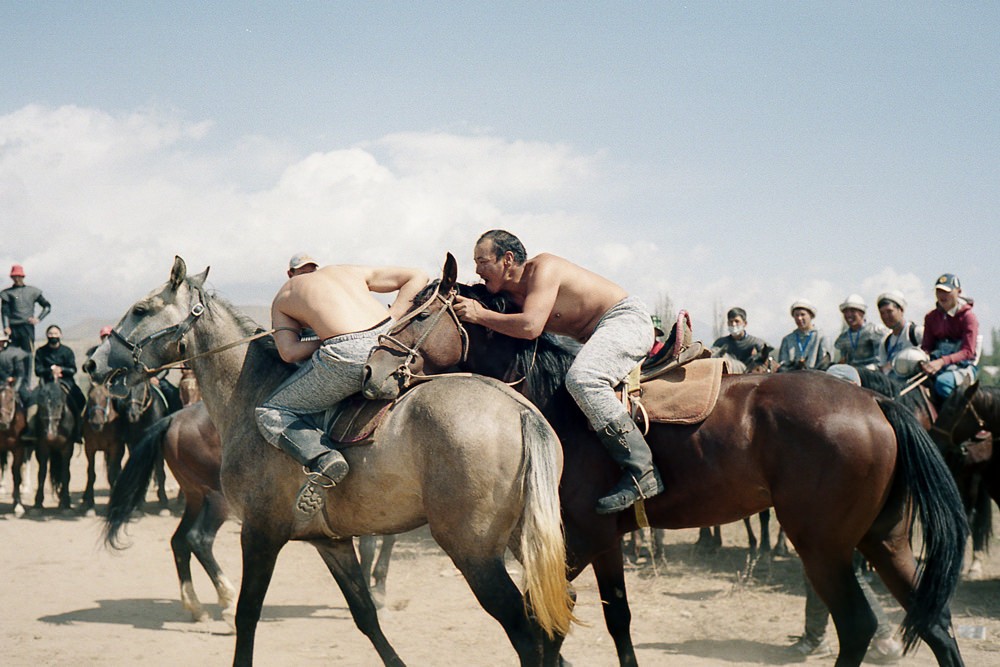
From my personal journal.
“In 6 days, I’ll be leaving for Kyrgyzstan, a country I had never heard with a name I can barely pronounce. On a map, it’s flanked by the other ‘Stans and China, and was once part of the great Silk Road journey, but that’s as much knowledge as I have of this place.
How serendipitous that my adventure will coincide with the World Nomad Games that takes place only once every two years. From the little the I’ve learned about it, this is the Olympics of Central Asia, but instead of sports like swimming and track and field, there’s horseback wrestling and a game where a dead goat carcass is used instead of a ball. This will be wild.”
I travel the world to find unique curiosities and the 2018 World Nomad Games had everything I searched for in an experience: a celebration of the region’s nomadic past and culture taking place in a far off land. I came as part of a large contingent of over 500 local and foreign journalists covering the 3rd Nomad Games in Kyrgyzstan.
National Geographic was there. The New York Times was there. And right alongside them, little ol’ Where and Wander.
What Is The World Nomad Games?
“What’s the World Nomad Games?” was a common question I got before heading to Kyrgyzstan. The short answer is it’s basically the Olympics of Central Asia, but instead of swimming and volleyball, athletes compete in horseback archery, hunt with falcons, and play a game on horseback using a goat carcass as the ball.
On paper, that’s exactly what it is, traditional games that were played by the nomadic people of Central Asia. Today, it is a celebration of its past and tradition.
The 6 day event takes place once every two years and was hosted by Kyrgyzstan for the first three editions in the Issyk-kul region. In 2018, there were 37 different sports with over 2000 athletes participating from 82 countries.
The games, which include sports like Kok-Boru (headless goat polo), Er Enish (horseback wrestling), Salburun (falconry), and Ordo (bocci balls with cow and goat bones) were split between the modern athletic facilities at the Hippodrome and Gasprom Center in Cholpon-Ata and in the open valleys of the Kyrchyn Village about 45 miles away.
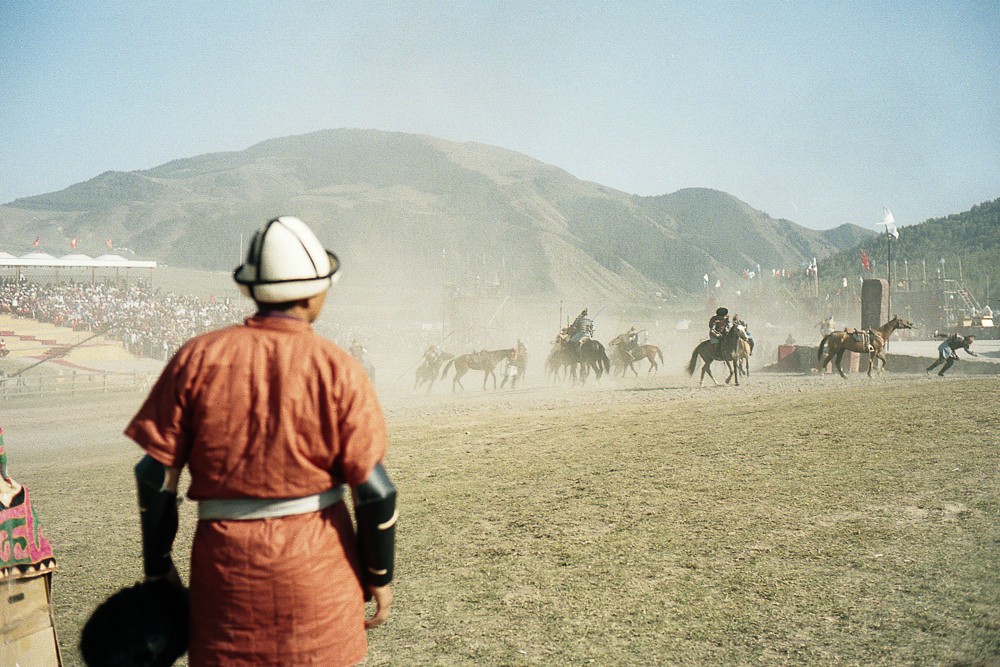
When Is The Next World Nomad Games?
The 2024 World Nomad Games is scheduled to take place between September 8-15, 2024 in Astana, Kazakhstan. After the 2018 3rd World Nomad Games, the location moved from Cholpon-Ata, Kyrgyzstan to Antalya, Turkey. The 4th edition was delayed due to the Pandemic and eventually a shortened edition took place between September 29 – October 2 in Iznik, Turkey.
The 2024 World Nomad Games will bring back all the main events, including the gem of the Games – Kok Boru, or Kokpar as it’s called in Kazakhstan.
How To Get Tickets For the 2024 World Nomad Games
Tickets to the 2024 World Nomad Games in Kazakhstan, dubbed “The Gathering of the Great Steppe,” will be sold in stages. You can look for current availability here through the official ticket sales operator partner of the World Nomad Games. Current prices range from ₸600 – ₸3000.
$1 USD is roughly equal to ₸460.
In person ticket sales will be available starting in September at 3 different sites yet to be announced. Stay tuned here for updated information.
Tickets For Opening and Closing Ceremony
Because the venues and seating arrangements are still being finalized, the tickets to the Opening and Closing ceremonies are not available for sale yet. You will be able to buy the tickets closer to the event and I’ll update them here as they become available. Large batches of tickets will also be reserved for sale locally.
A good strategy for securing a ticket is to inquire with your hotel or guesthouse as local vendors will secure batches of tickets for resell early on or through private channels. Like much of how other things work in Central Asia, information is passed most accurately and in the most update manner via local new channels, telegram channels, and groups. This information is harder to come by if you’re trying to search in English, so best to inquire locally.
Bookmark this page to return as you get closer to the events. I’ll include relevant updated information and links as they become available.
Where Will The Events Be Held?
The different events will be held across 6 facilities around Astana.
Zhaksylyk Ushkempirov Wrestling Palace
Qazaqstan Athletic Sports Complex
The Format For The World Nomad Games In Kazahkstan
For this edition of the World Nomad Games, participants from around the world will compete and showcase in three areas: Sports, Cultura, and Scientific
For the traditional Sports Program, there will be 21 different competitive sports and 10 demonstrative events. I’ll include the full list below.
In the Cultural Program, different performances and interactive displays will be organized next to the Kazanat race course as part of the Ethno-Aul fairground. This will be a showcase of nomadic culture with exhibitions from the best craftsmen of Kazakhstan. Classes and demonstration will be held to share the knowledge of different music, arts and crafts with visiting guests.
The Ethno-Aul will also host hunting competitions with birds, performances of national wrestling styles. Traditional food and drinks will be served and shared as part of the cultural exchange.
Lastly, and for the first time, a Scientific Program in the form of a conference will take place to showcase and share knowledge from amongst the nomad countries. Participants can apply to submit abstracts and posters that will be displayed around the Games.
Sports Program Competition At The 2024 World Nomad Games
The follow are the different sports competitions held at the World Nomad Games. 110 medals will be awarded. These games celebrate the rich cultural heritage and traditional sports of nomadic peoples from around the world. Below is a high level break down of the different games and categories
Games on Horseback
- Baige: A long-distance horse race where riders compete over an 18 km course, showcasing their endurance and horsemanship.
- Tenge Ilu: A game where participants on horseback try to pick up coins from the ground while galloping, testing their dexterity and riding skills.
- Kokpar/Kok Boru: A traditional game similar to polo, where two teams on horseback compete to place a goat carcass in the opposing team’s goal circle.
- Horseback Wrestling: A wrestling match conducted on horseback where participants try to unseat their opponent from their horse.
- Horseback Archery: Competitions where archers shoot at targets from horseback, demonstrating their skills in various traditional styles.
Games of Strength
- Kurash: A form of wrestling where athletes compete in a standing position, aiming to throw their opponent to the ground without using leg holds.
- Qazaq Kuresi: A traditional Kazakh wrestling style where competitors must stay standing and use upper body strength to throw their opponents.
- Nomad Strongman: A strongman competition featuring feats like lifting and carrying heavy stones, squats with heavy bags, and javelin throwing.
- Mas-Wrestling: A stick tug-of-war game where two opponents sit facing each other and try to pull a stick out of the other’s hands or drag them over a barrier.
- Tug of War: A classic team competition where two teams pull on opposite ends of a rope, aiming to drag the other team across a central line.
- Alysh: Kyrgyz belt wrestling where opponents grip each other’s belts and attempt to throw their opponent onto their back.
- Ashyrtmaly Aba Gureshi: Turkish belt wrestling conducted on a grassy field where competitors try to throw each other while holding onto belts.
- Koresh: A form of belt wrestling from the Turkic cultures where competitors try to throw each other while holding onto a belt.
Games of Skill
- Kusbegilik: Traditional hunting with golden eagles, where trained birds are tested on their ability to respond to calls and catch bait.
- Traditional Archery: Competitions in traditional archery held at various distances, with participants wearing traditional uniforms and using traditional bows.
- Asyk Atu: A traditional game involving tossing and catching sheep knucklebones in various stages of difficulty, often played by children in Central Asia.
- Ordo: A team game played on a circular field where participants try to knock over pieces arranged in the center using a throwing stone.
Games of Strategy
What Is Kok-Boru and Kokpar?
Kok-Boru, a traditional horseback competition similar to polo, is probably the game that most people refer to when they talk of the World Nomad Games. These are the most coveted seats of the entire week, much like the 100 meter sprint at the Summer Olympics. It is also the most eyebrow raising of the games. So what exactly is Kok-Boru?
In Kazahstan, Kok-Boru îs referred to as Kok Par and it’s referred to as Buzkashi in Afghanistan. The rules might differ a bit, but the game is basically the same: get the goat carcass into the goal.
That’s right. 12 players on a team. 4 are field at a time and fight against the other team to carry and toss a prepared goat carcass called the ‘ulak’ into the ‘kazan,’ a large bowl like goal on either ends of the field.
Translated as ‘grey wolf’, the game originated hundreds of years ago in the open plains of Central Asia when hunters defending their herds from wolves would return with the carcasses of the wolves and entertain themselves by playing keep away with those carcasses. The games evolved over the centuries and today is played with the carcass of a dead goat with the aim of getting it to the opponent’s side of the field. If there’s a game that really brings out the patriotism of competition countries, it’s this one.
It’s a brutal game that requires a lot of strength (to haul a 30-33 kg goat carcass) and skill on horseback (to outmaneuver the other opposing horseback riders). I’ll go into detail below if you want to learn more about the game and see my photographs of Kok-Boru.
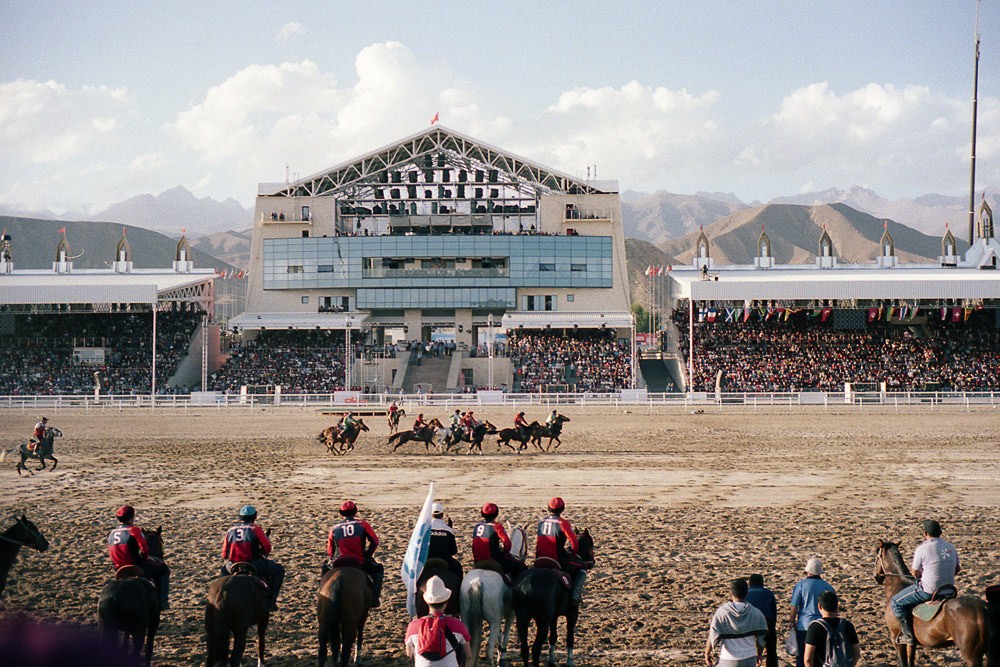
Capturing The 2018 World Nomad Games on 35mm Film
For my assignment, I decided to go analog and left my usual gear at home for a much more simple kit: a Voigtlander Bessa R3A 35mm camera, the perfectly paired Voigtlander 40mm f/1.4 lens, and 30 rolls of 35mm Portra 400 film.
36 shots per roll. One focal length, no zoom, no instant review, and no telling if I got the shot or completely screwed up the focus, exposure or composition. It had been years since I’ve shot on film, so there was certainly some pressure and palpable excitement prior to pressing down on the shutter and exposing that first shot onto the negatives. I would also have to wait until returning home to develop and scan the negatives.
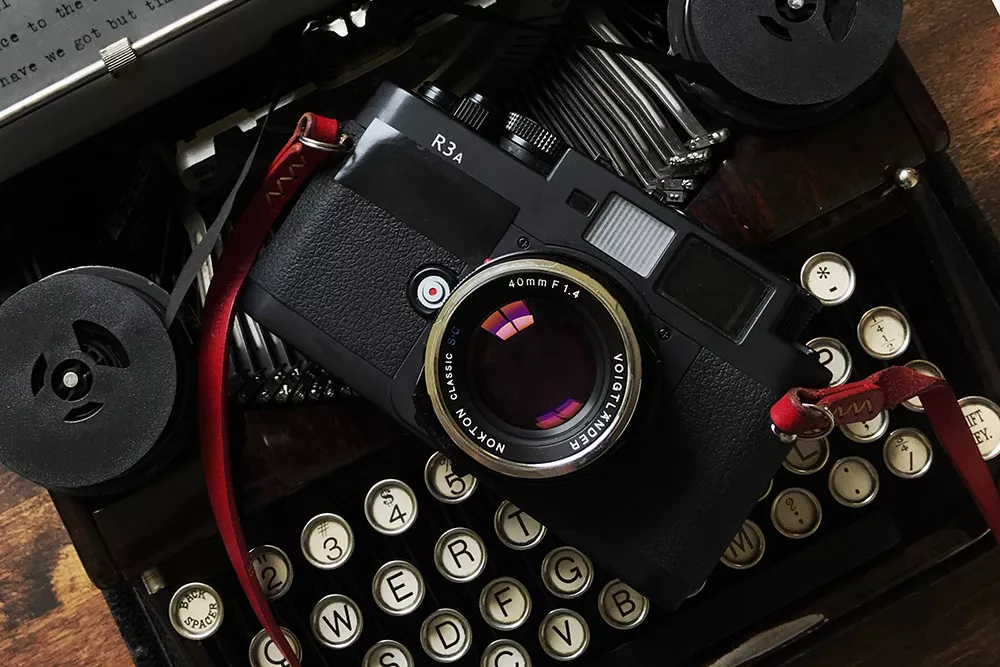
A Beautiful Mistake
The magic of shooting on film is that you can’t fully predict what will happen, and two of my first shots were partially exposed on top of each other from not being properly winded forward. It was a definitely an error, but it also turned out to be one of my favorite captures from the game. Seeing these photographs nearly two months after the games brought back so many memories.
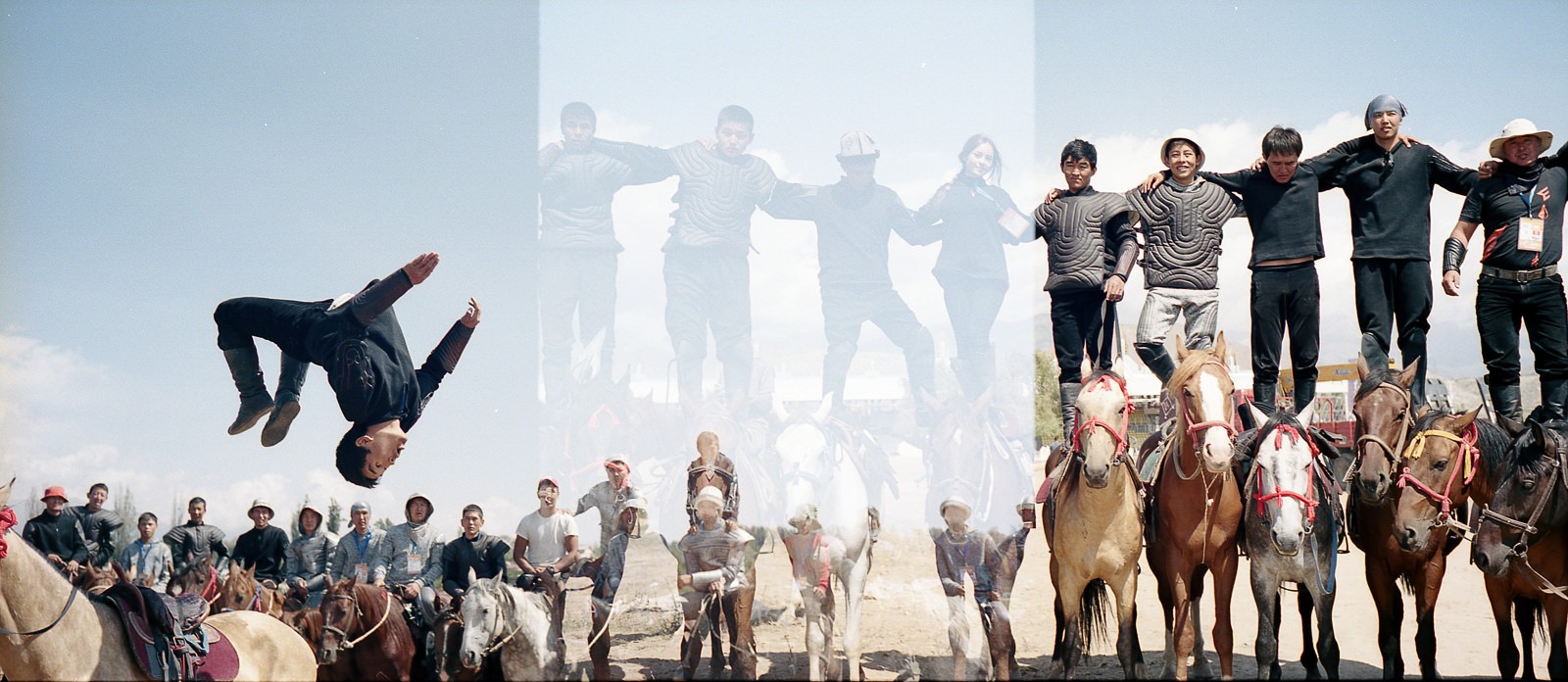
With media credentials, I was able to go to the Hippodrome Stadium while preparations were still being made for the Opening Ceremony. Dancers rehearsed their choreography, a large crew of people was putting the final touches on the staging area, and a group of horse riders (including men, women and children) assembled to practice a bit of everything.
During their break, the riders formed a large circle while different individuals showed off their skills and I had a front row seat to seeing boys back flip off their horses, men wrestling on horseback, and even a rider singing a serenade on the Kyrgyz komuz.
What Story Did I Want To Tell With My 40mm Perspective
A 40mm focal length on a 35mm film body is the visual equivalent of just being a hair wider than the human eye’s field of attention. In other words, it’s a little wider than what we see in focus with our eyes.
It’s a beautifully simple focal length that captures what I see. Not much more and not much less. Uncomplicated. For me, it was always going to be about the people.
Although a 600mm telephoto lens would have been nice to capture the brutal detail of Kok-Boru, I was actually more excited to roam around searching for portraits, moments between the action, and frames caught when everyone’s attention is turned elsewhere.
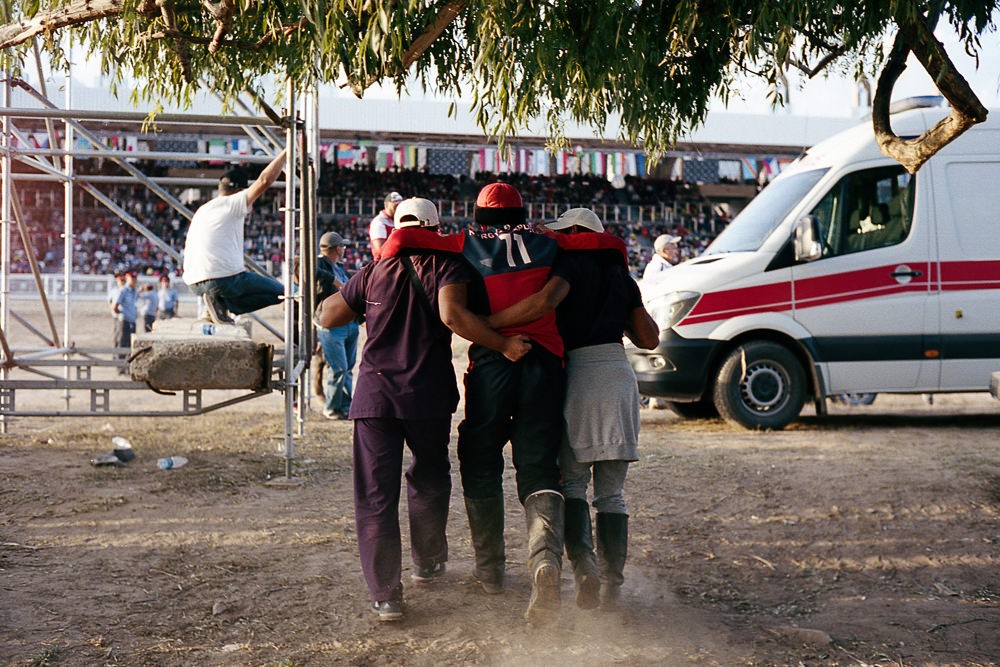
Finding My Stories In The Kyrchyn Gorge
The freedom of shooting with one lens, meant I had to really move around to find what I wanted to capture. The limited number of exposures per roll meant I had to be very deliberate about each shot. In the expansive valley of the Kyrchyn Gorge, I had no shortage of subjects to photograph.
While the sports themselves were supposed to be the main focus of the Games, I personally found myself more drawn to everything else going on in the village, from the people dressed in traditional clothes putting on a display of the old ways, to the visitors camping out and just passing the time.
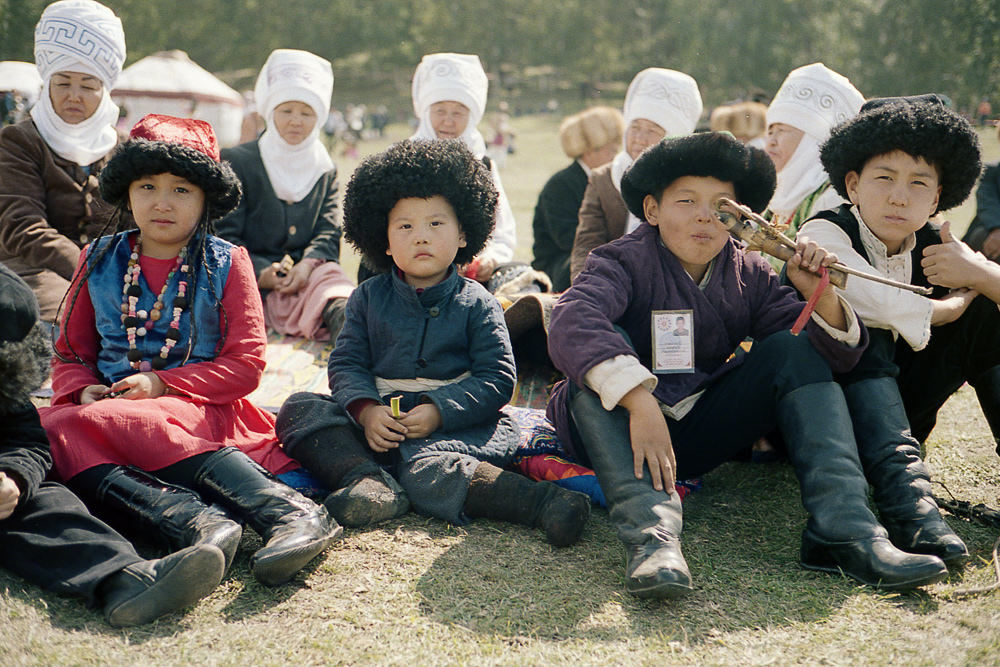
During the opening and closing ceremonies at the village, I chose to give up my seat in the media section to wander behind the main stage. Much to my satisfaction, I had a much closer view of the people putting on the show.
Some practiced and prepared for their parts, but most seemed to just be taking it all in and enjoying the moment just like the visitors.
I was lucky enough to walk around with another American photographer, who used to be peace corp member 10 years back in Kyrgyzstan and learned the language. We were an odd enough pair because I more resembled a local, and yet this white dude from New York was the one speaking fluent Kyrgyz. Everyone loved it and were very happy to let us photograph them naturally.
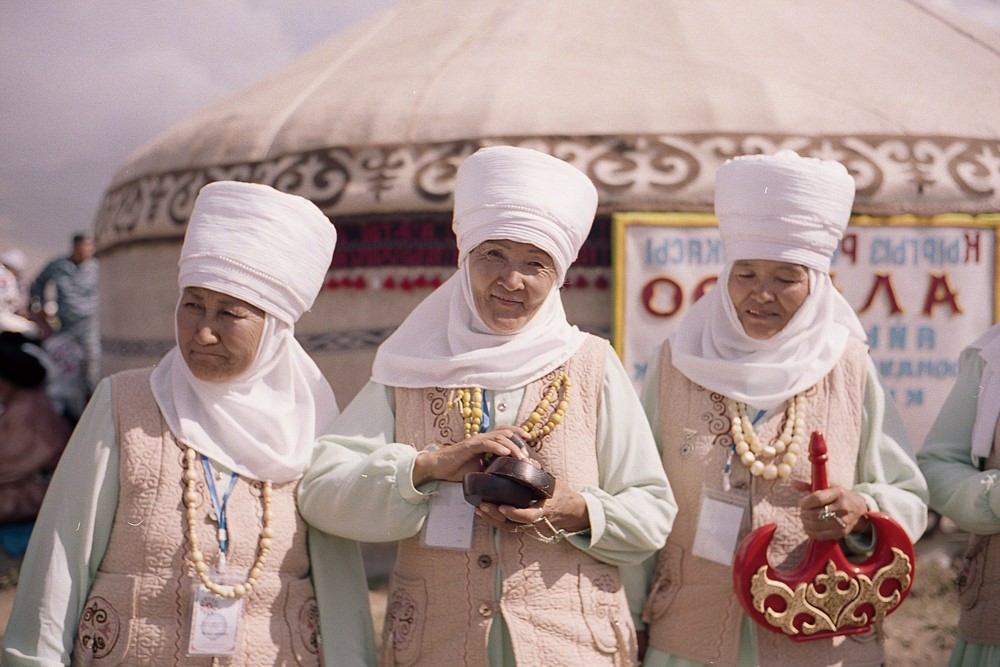
The Faces Of The 3rd World Nomad Games In Kyrgyzstan
With my normal gear, I could quick focus and capture 10 shots in a few seconds. If I didn’t feel like I had it, I’d fire off another 5 or 10 and I’d know instantly if I got a ‘good enough’ shot.
Shooting on film was a much slower process. I’d first have to meter for the light and do a mental adjustment in my head to get the exposure correct. After that, I’d carefully focus and keep everything steady. Only then, can I start to wait for the right moment to press the shutter. Every shot mattered. Without a common tongue, I could not ask anything from the people I shot and yet in some ways, they understood what I wanted to capture each time and very few ‘posed’ for the camera. They let me take my time and just take what I saw.
What initially felt like a slow and restrictive processed turned into something meditative. When I had to wait for the right shot, it was like waiting for a feeling, or a connection with my subject. I was just as still, looking at them, as they were, looking at me. When I felt like I found it, I released the shutter.
We often exchanged a smile only after I made the exposure. I keep those memories for myself.
Developing Images From The 3rd World Nomad Games
After I’ve processed these images at home, I found the look on these faces to be as raw and honest as the moment I captured them.
I almost never took more than one frame of the same person, so what I saw after developing the film was the only capture I had. Every shot counted, no matter how imperfect it was.
When I looked back at my collection of photographs, most ended up being of the people. They are my attempt to capture what I saw at the games beyond the actual games themselves. For me, it was more about the people who dressed up in traditional clothes, playing the roles of their ancestors and reminding people and guests of their rich history.
Is Kok-Boru Really Played With A Dead Goat?
As strange of a question as that may be, it’s a common one I get when it comes to the World Nomad Games.
Yes, they actually prepare a real goat carcass ahead of the games. Ceremonially, they kill the goat and drain its blood. They remove the head, guts, and hooves, then sew the whole goat back up, ready to go.
Kok-Boru, one of the traditional and headliner games, is a display of strength, skill, and bravado, all on horseback. Competitors put it all together to hoist, attack, defend and try to maneuver the 30-35 kg goat carcass into the opponent’s goal.
People around these parts of the world still regularly play Kok-Boru and other nomadic games today, continuing a tradition that dates back to the past.
How Kok-Boru Is Played
When the game starts, spectators will see two main phases of play. The first involves the horses almost huddling as the two teams create positions to section off and wrestle for control of the goat. When a player reaches down and heaves the goat to his hips, it’s off to the races. This is when the defending team chases after the carrier, hoping to block off his path to the kazan.
It’s incredible to see their maneuvering and control.
It’s amazing how the riders can stop on a dime to toss the goat without flying in themselves. And at times, they do just that, flipping right into the kazan with the goat and leaping up in triumph.
There must feel exulted for not only scoring, but also because they are to still be standing in one piece.
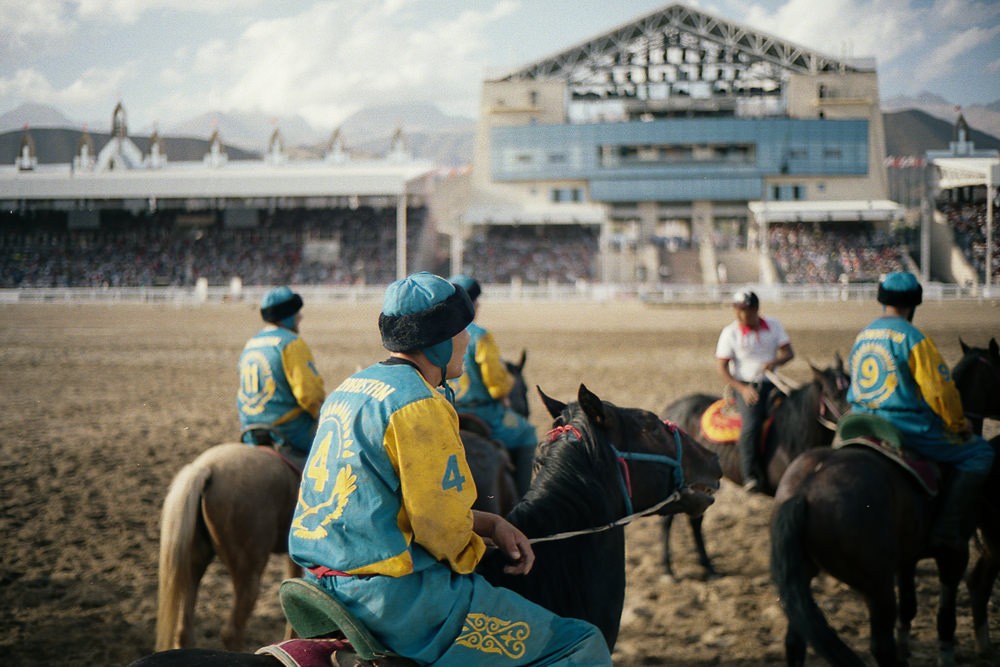
Put You Hips Into It
The melee begins when a rider drops the goat or the other team blocks them off. In the chaotic madness, both sides struggle and kick up a cloud of dust in hopes of gaining control of the goat.
Imagine leaning deeply over one side of your horse, without falling over, and trying to pull up 30 kg of floppy dead weight to your hips. And then riding away as fast as possible before the opposing riders try to take it always from you.
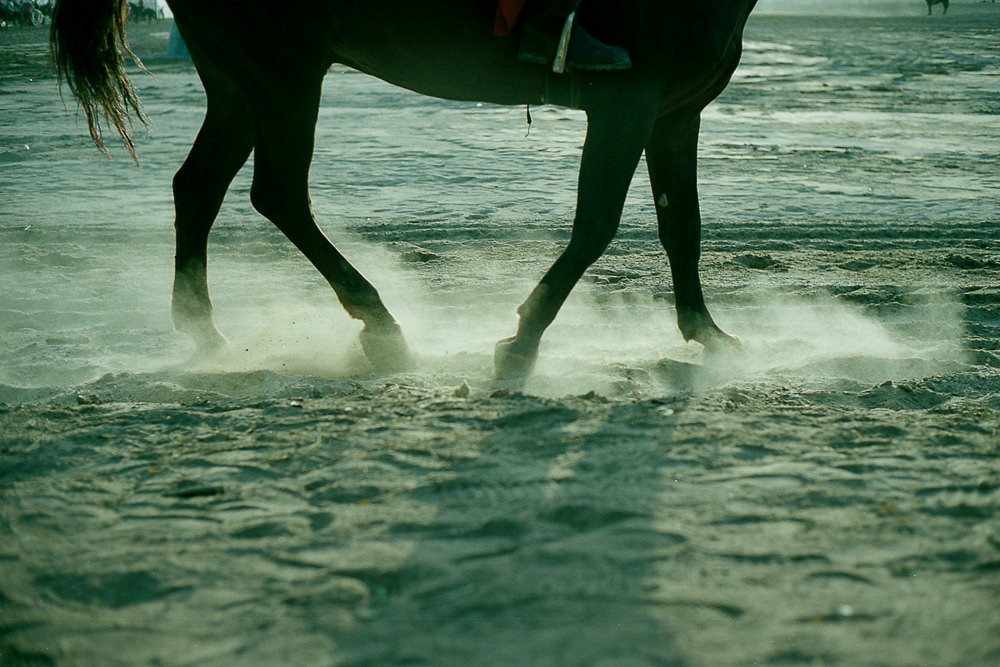
As ridiculous as Kok Born sounds, there were still plenty of games that left me slack-jawed. In Er Enish, two people wrestle to pull the other down from their horse.

And as if archery with traditional bows and arrows wasn’t hard enough, there’s horseback archery. Outside of the games, I could not have imagined where else I could see this except perhaps in movies about Mongolia during the Khanate era.
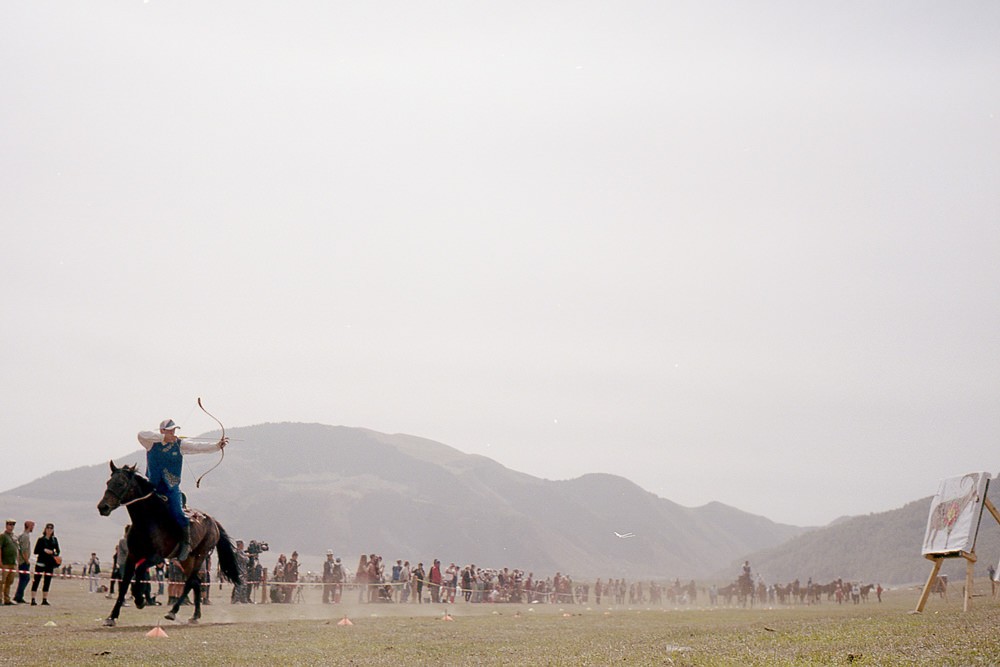
Location Rotation Amongst The Nomad Countries
Since the inception of the World Nomad Games in 2014, organizers have held the event every 2 years in the Issyk-Kul region of Kyrgyzstan. After passing the torch to Turkey for the 4th Nomad Games, it is now moving back to Kyrgyzstan’s northern neighbor, Kazakhstan.
See my full gallery of 35mm photographs from the games below.
Updated on July 22, 2024


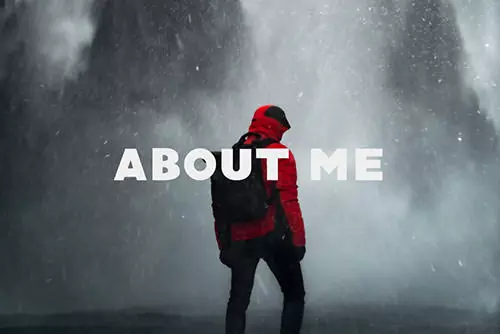
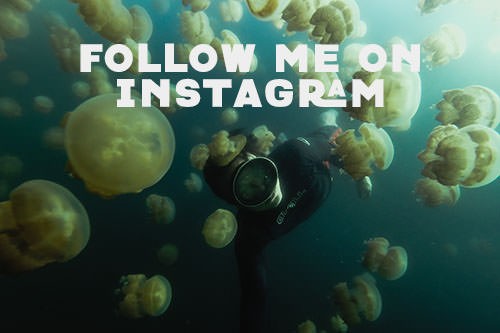
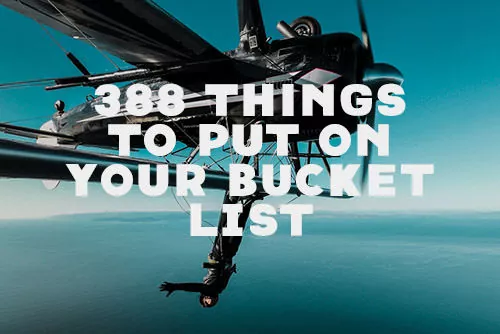
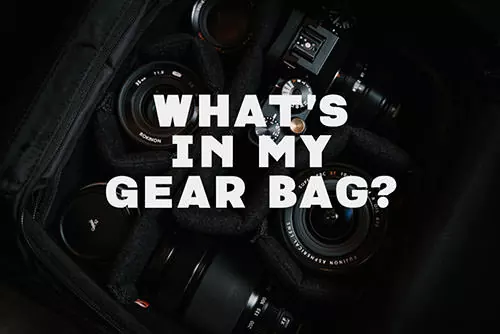
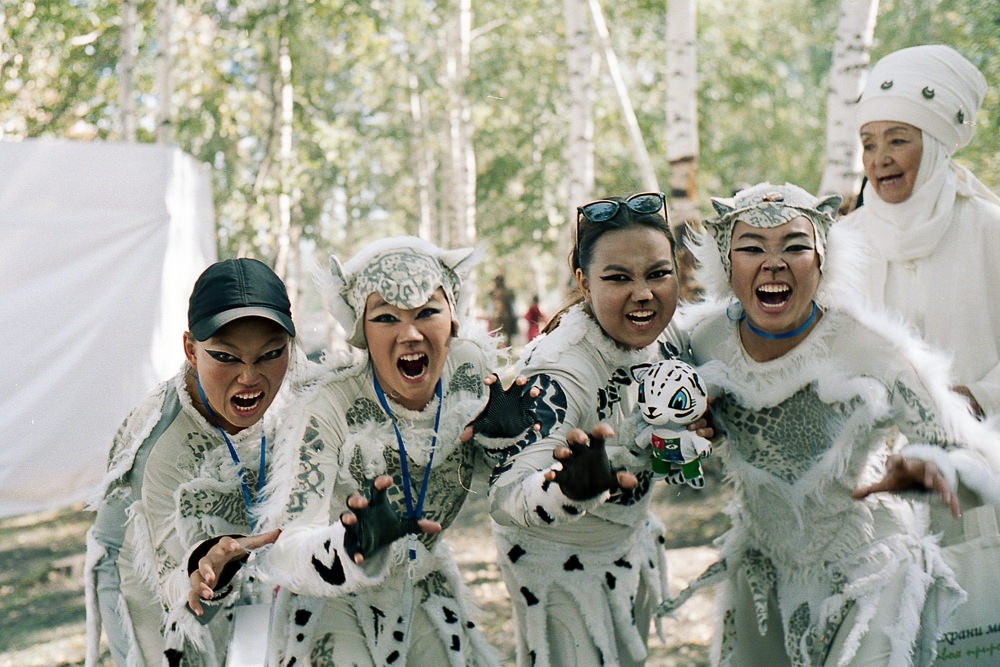
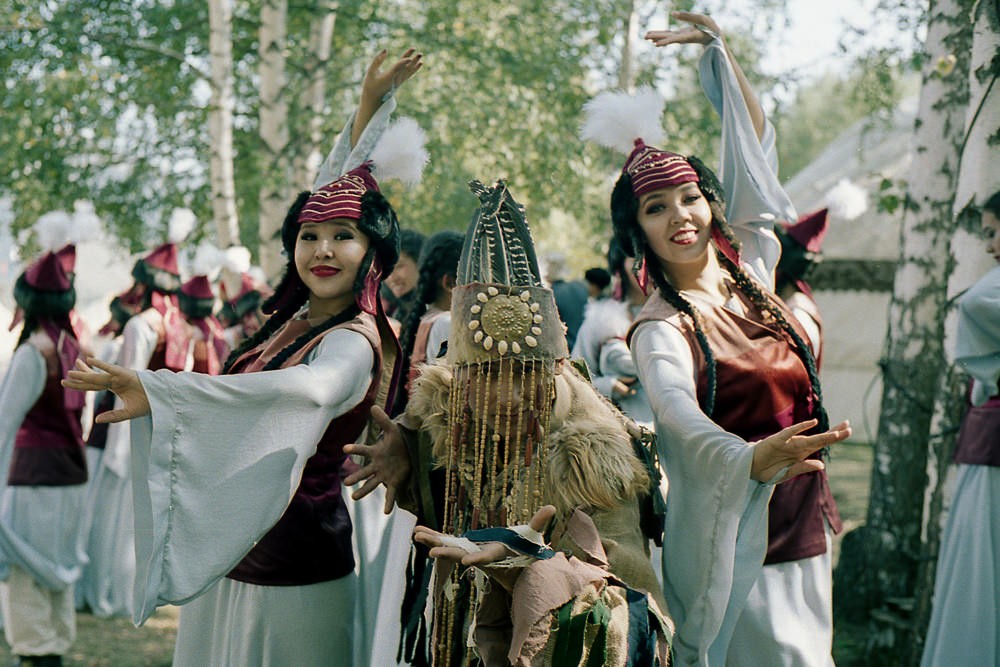
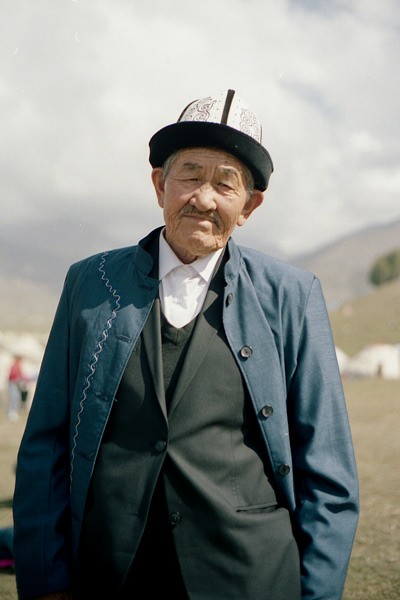
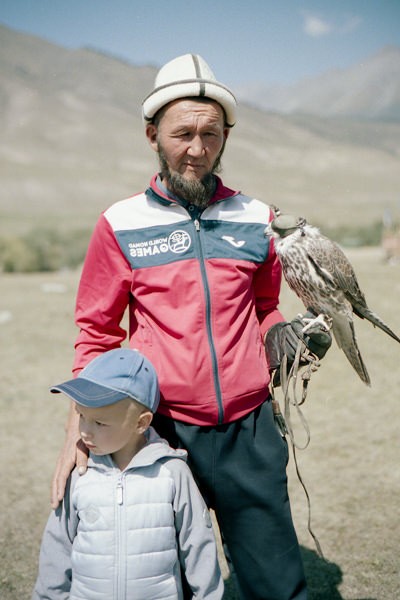
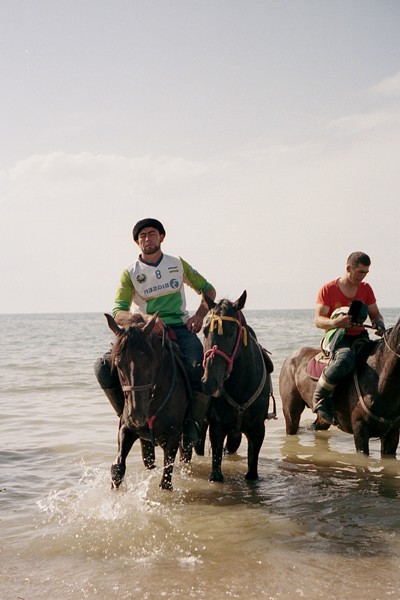
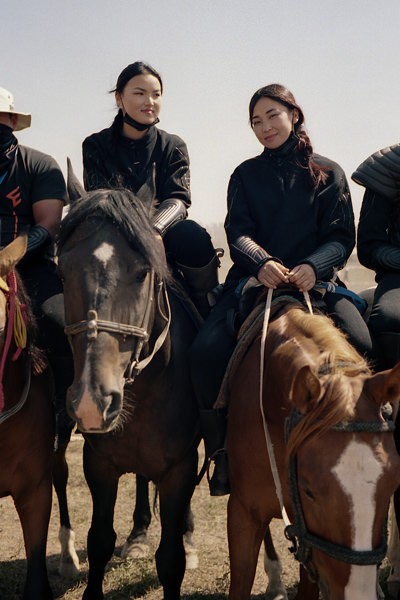
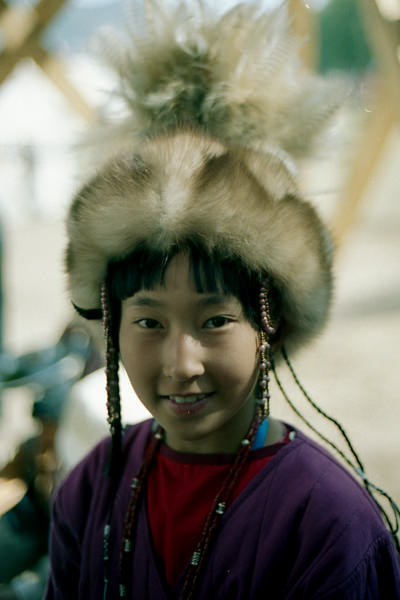
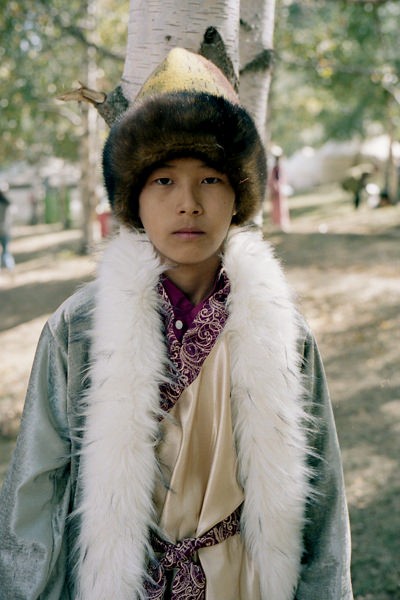
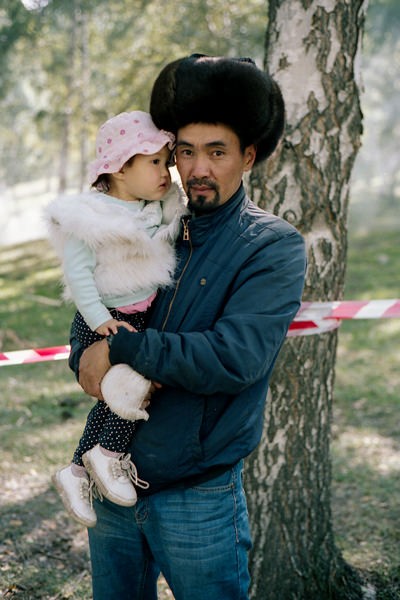
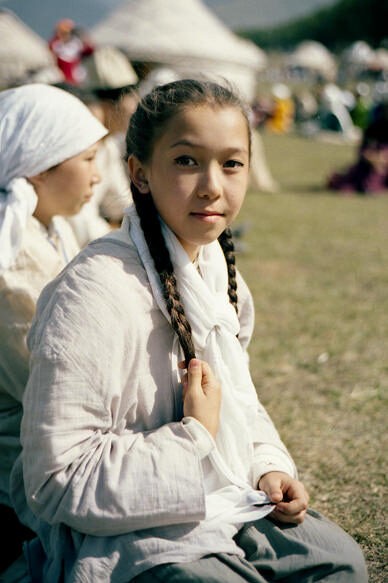
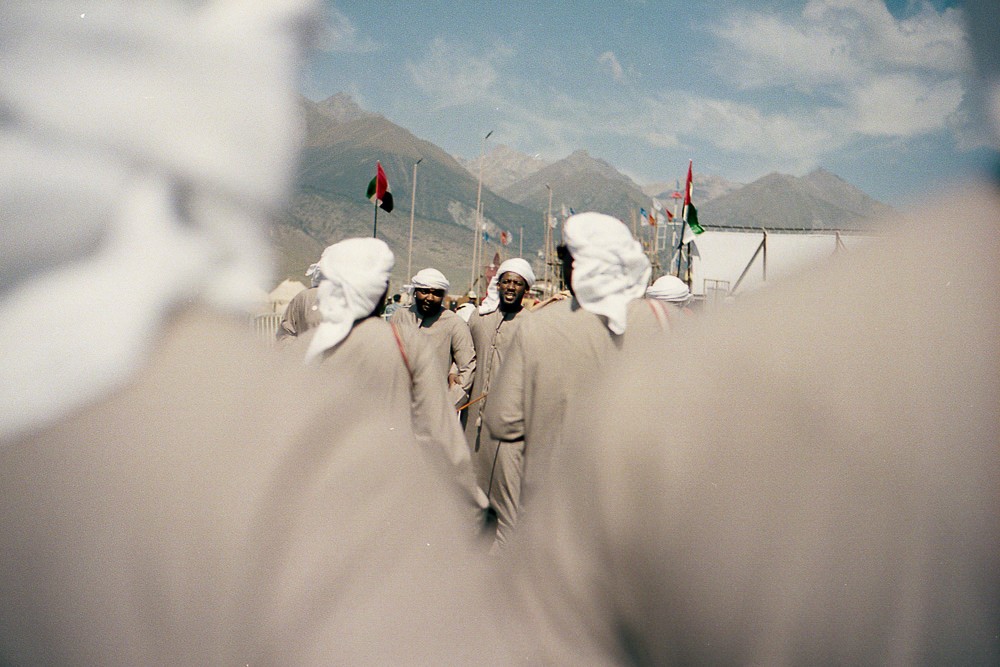
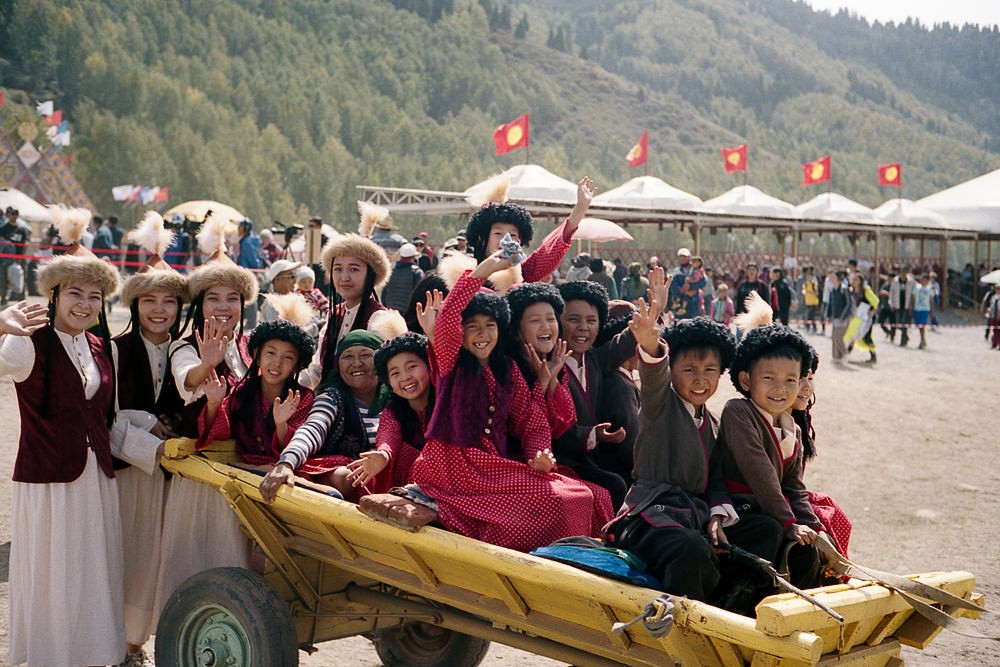
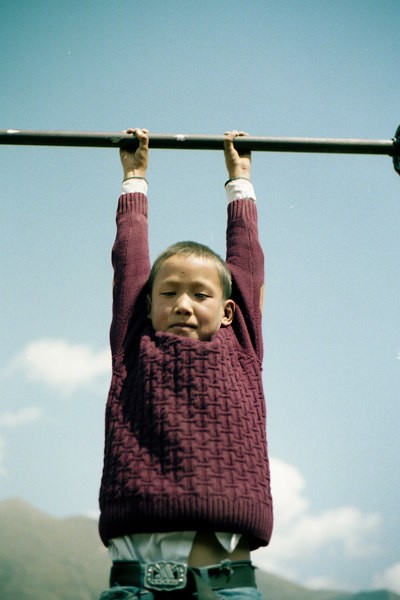
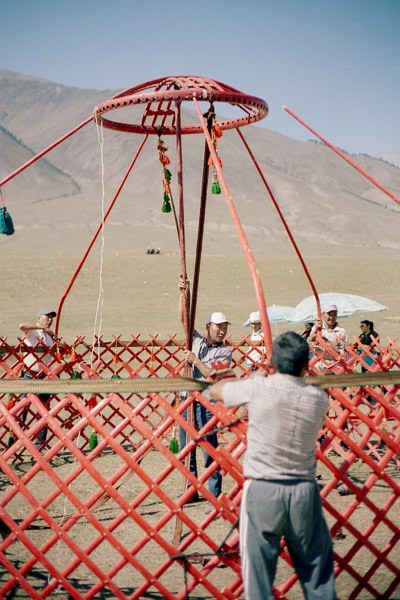
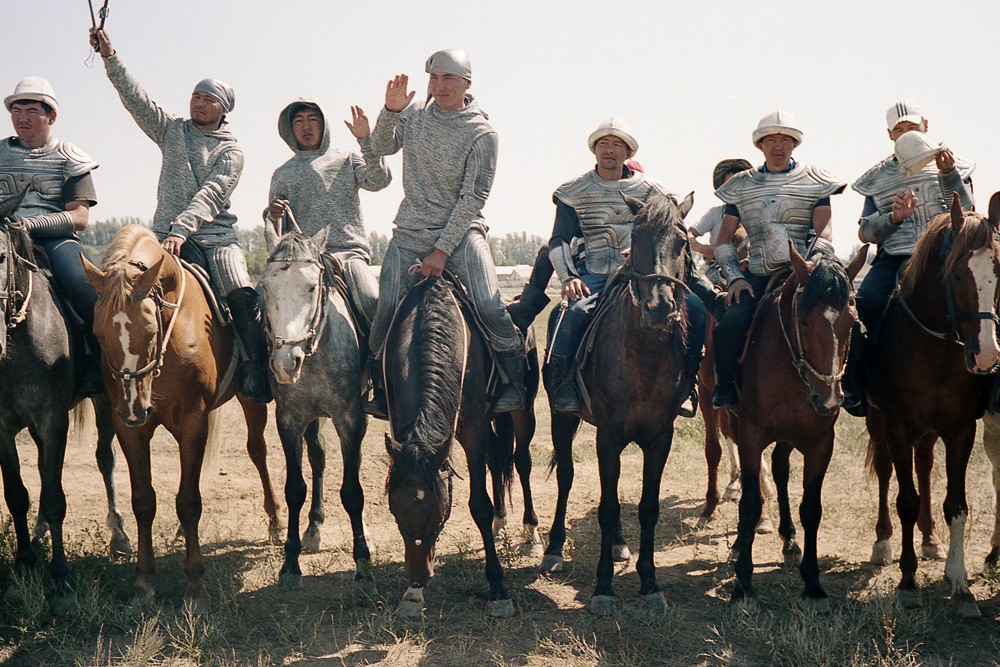
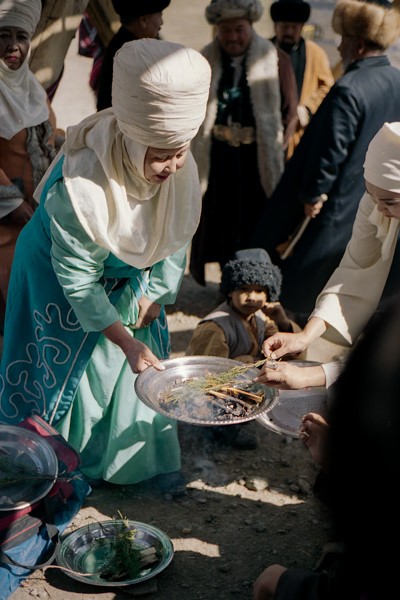
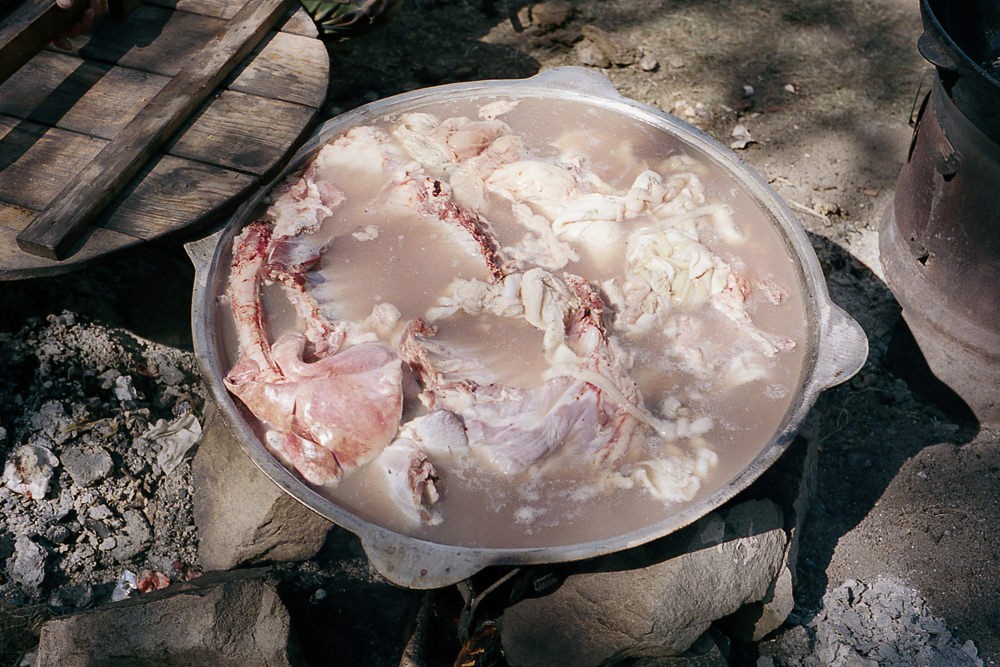
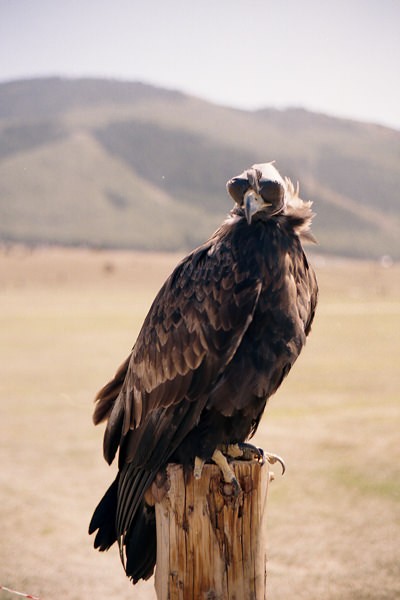
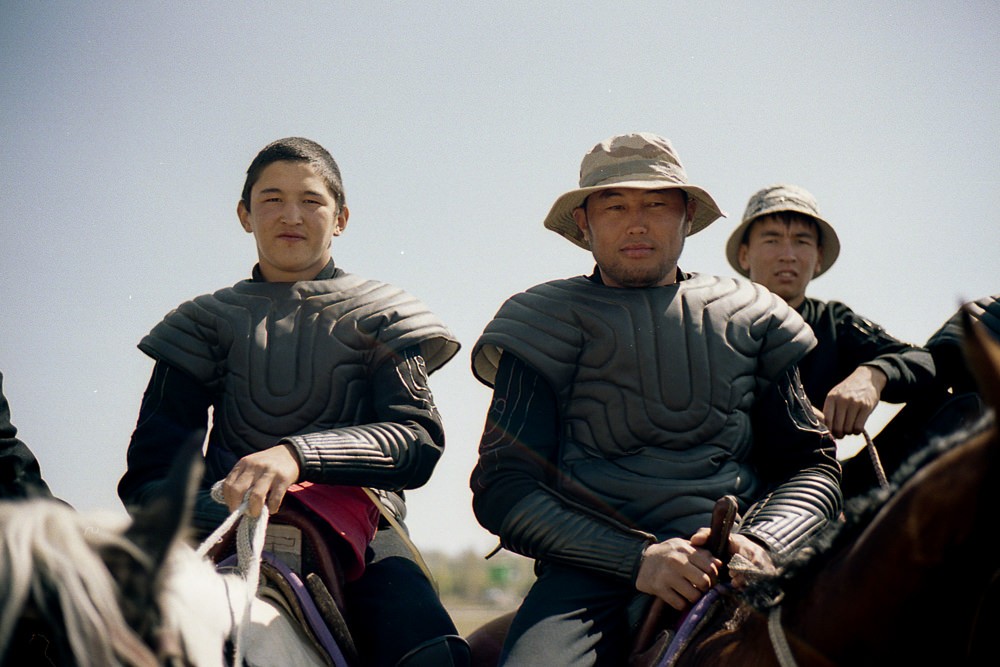
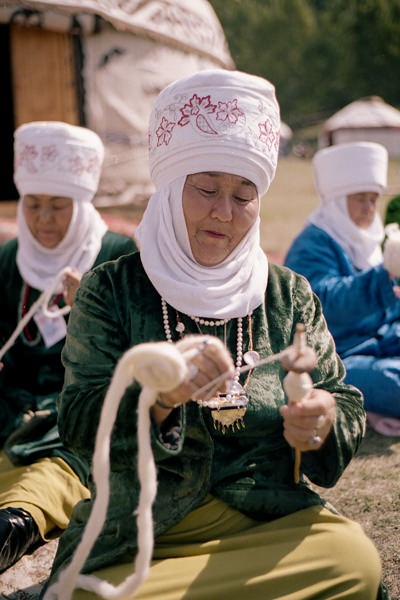
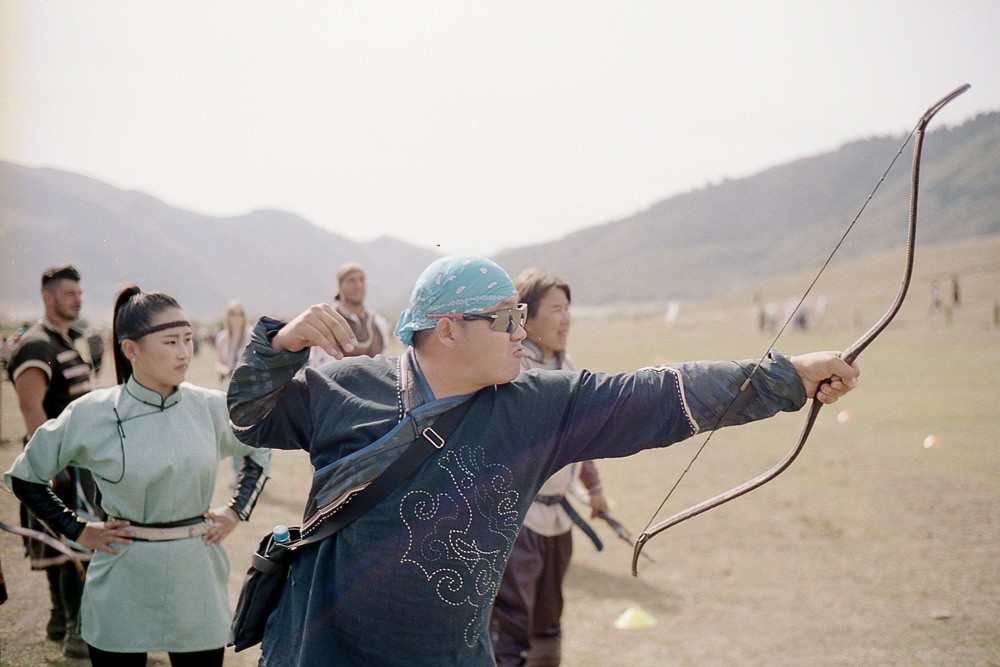
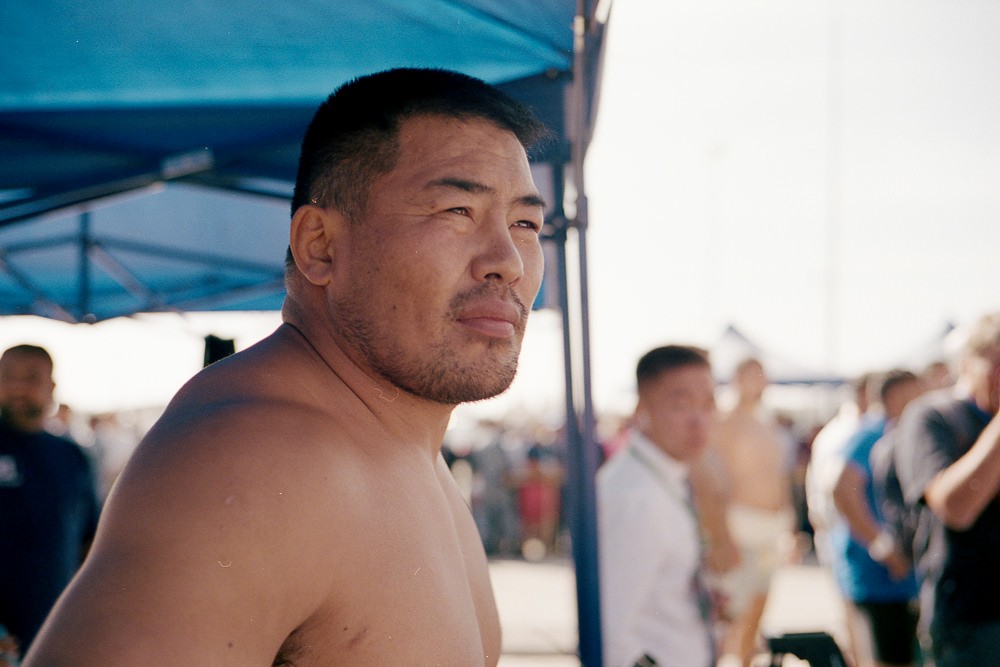
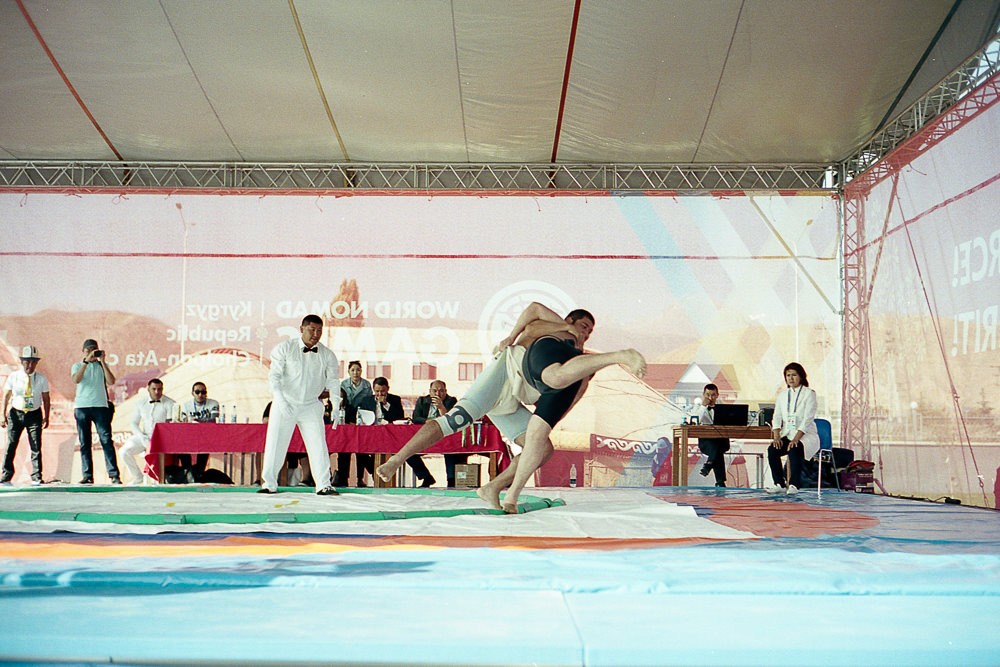
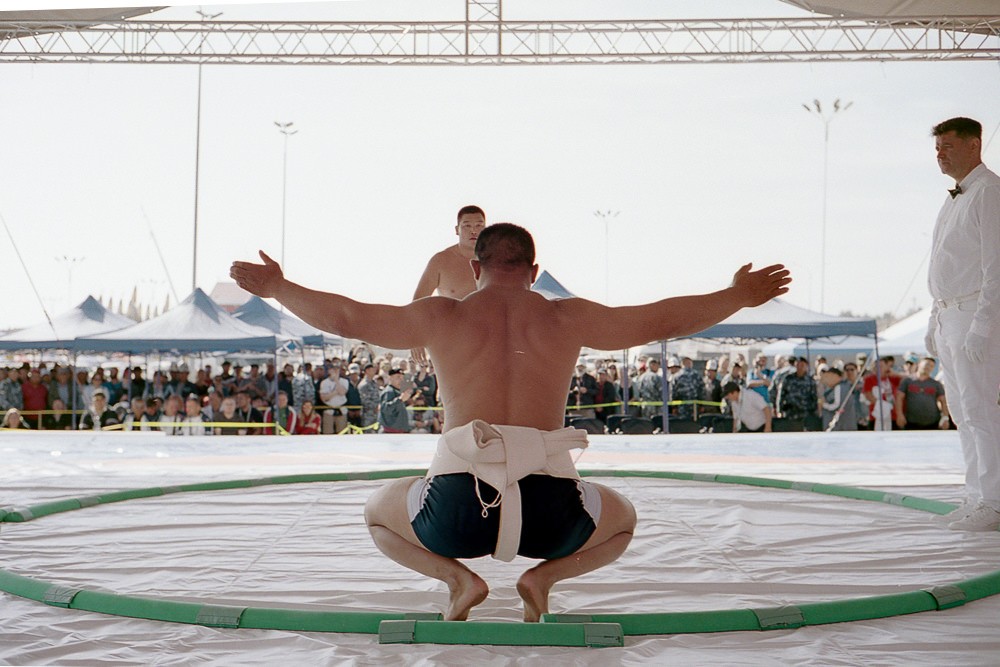
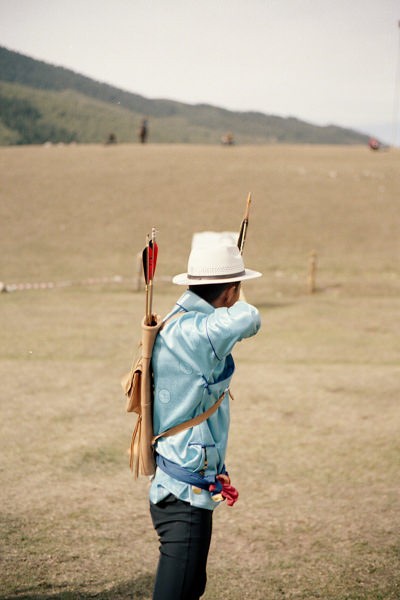
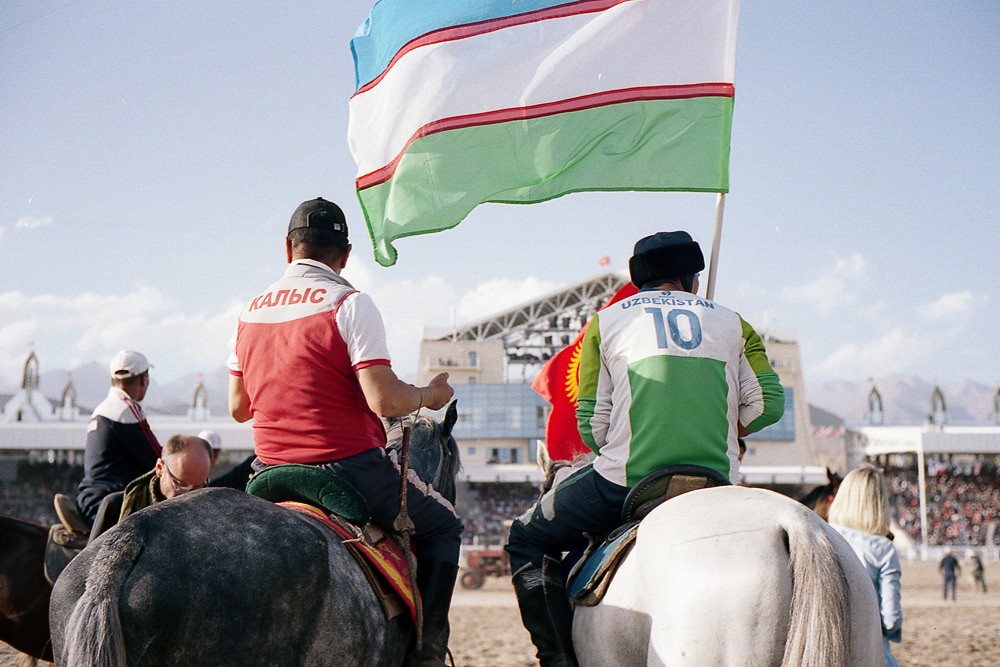
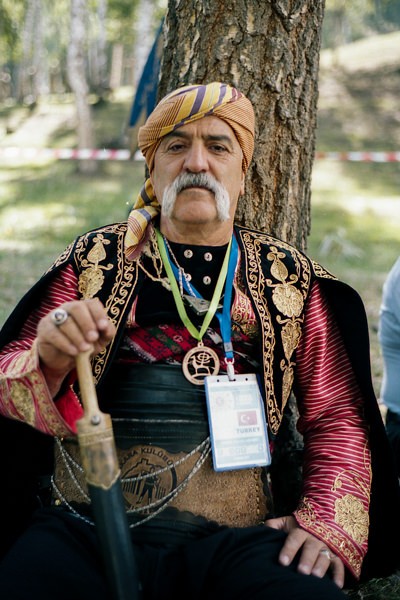
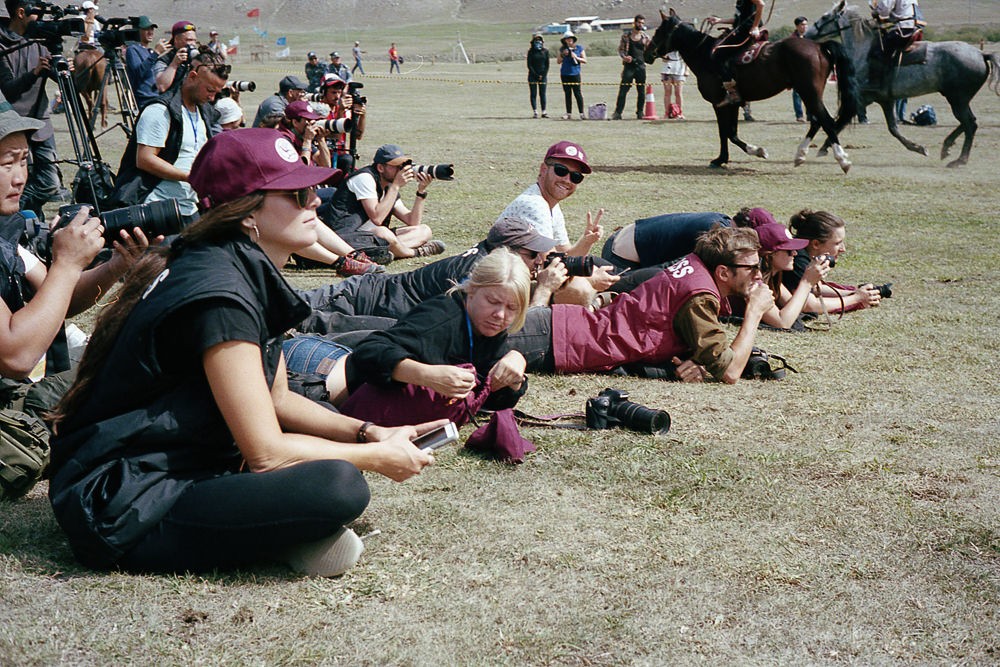
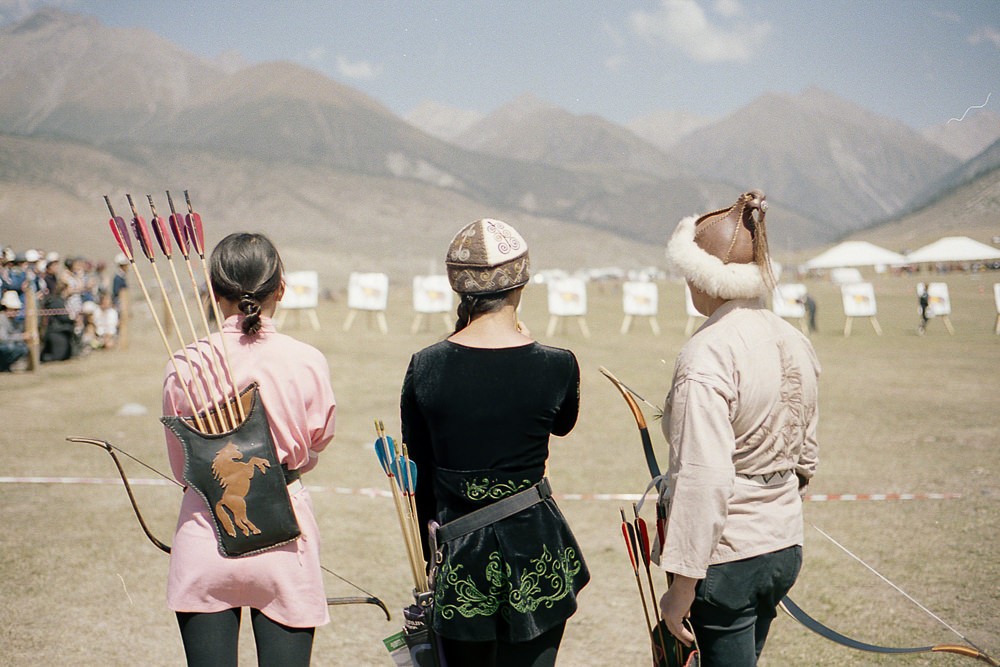
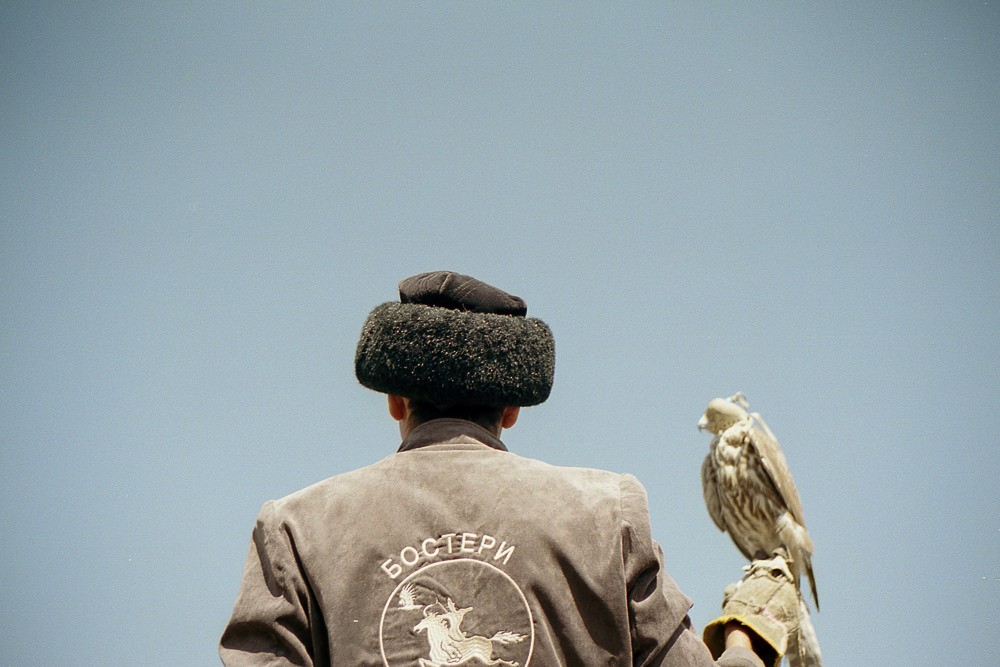
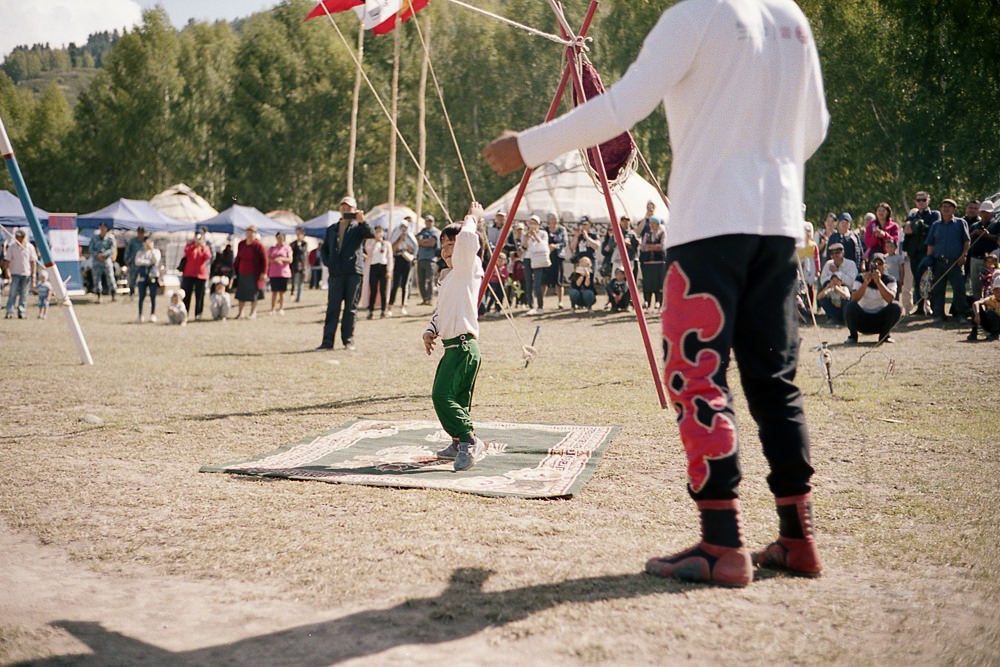
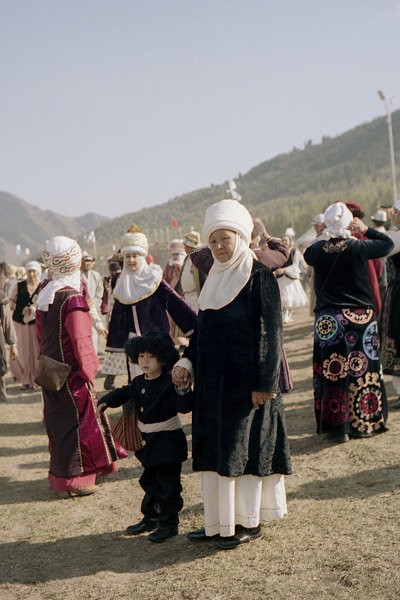
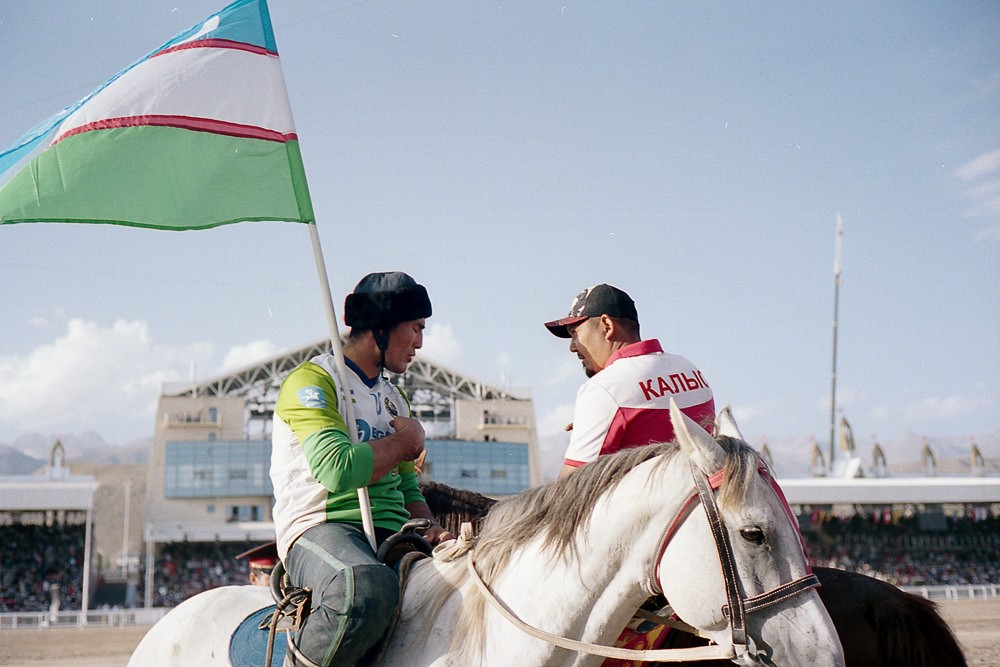
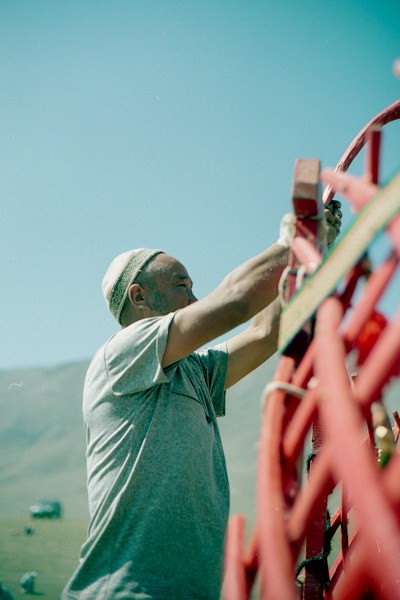
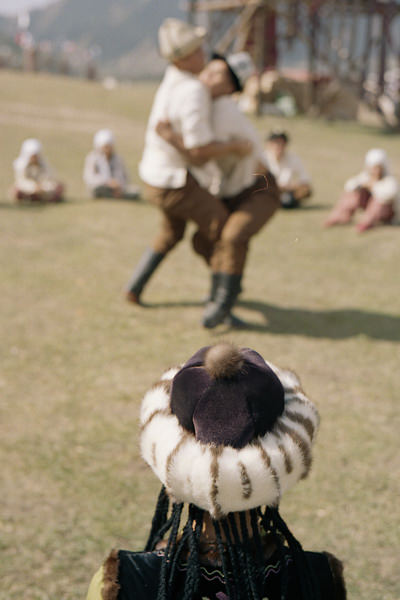
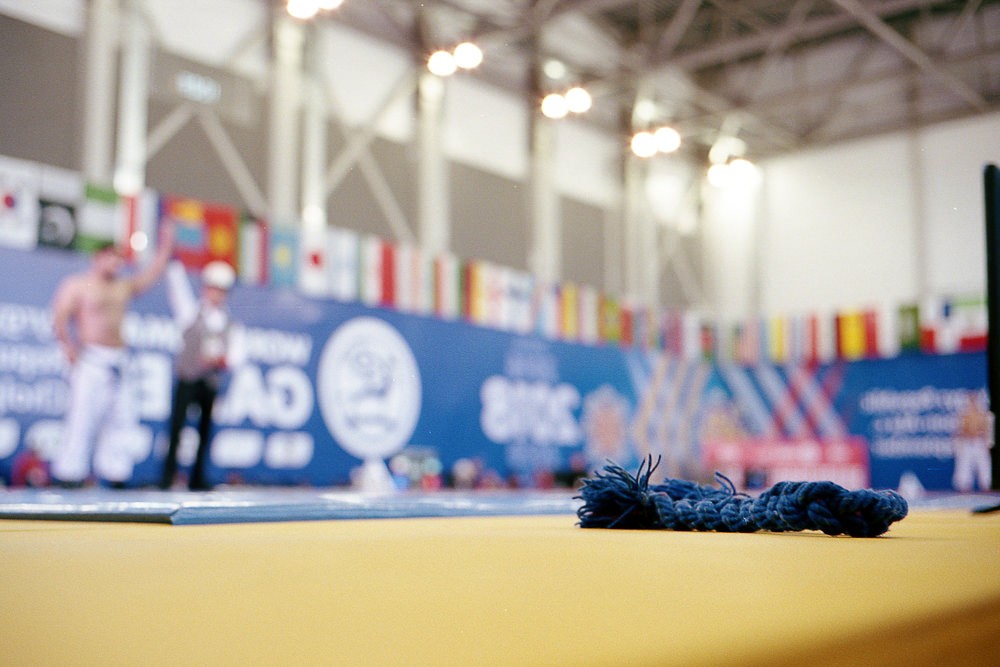
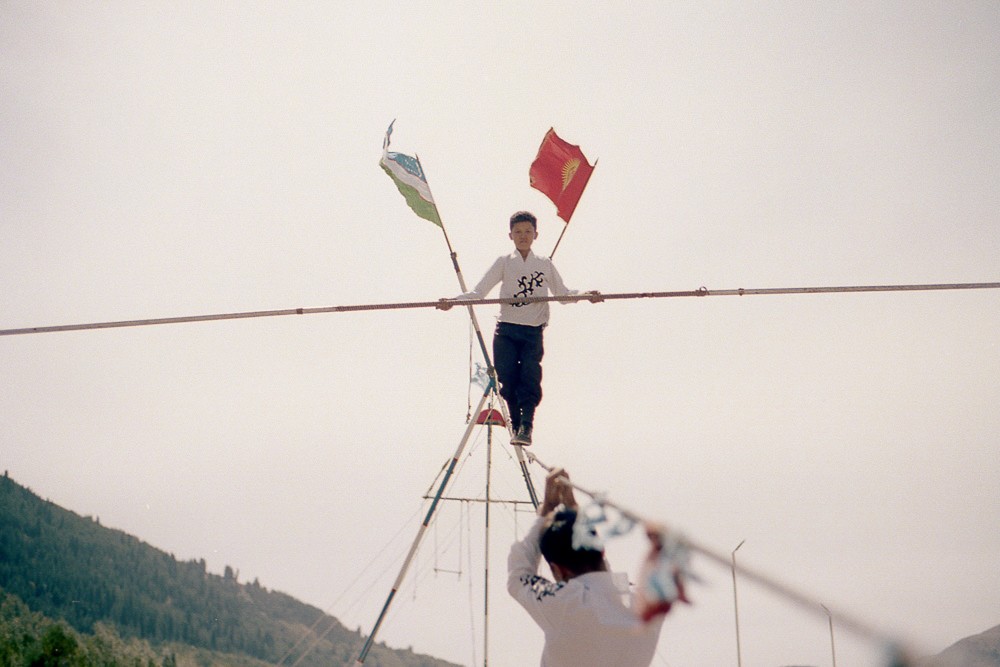
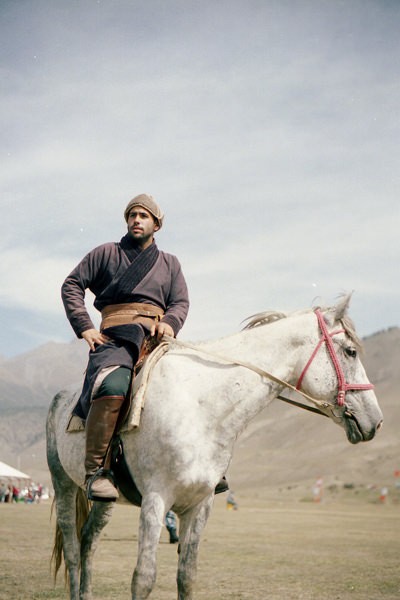
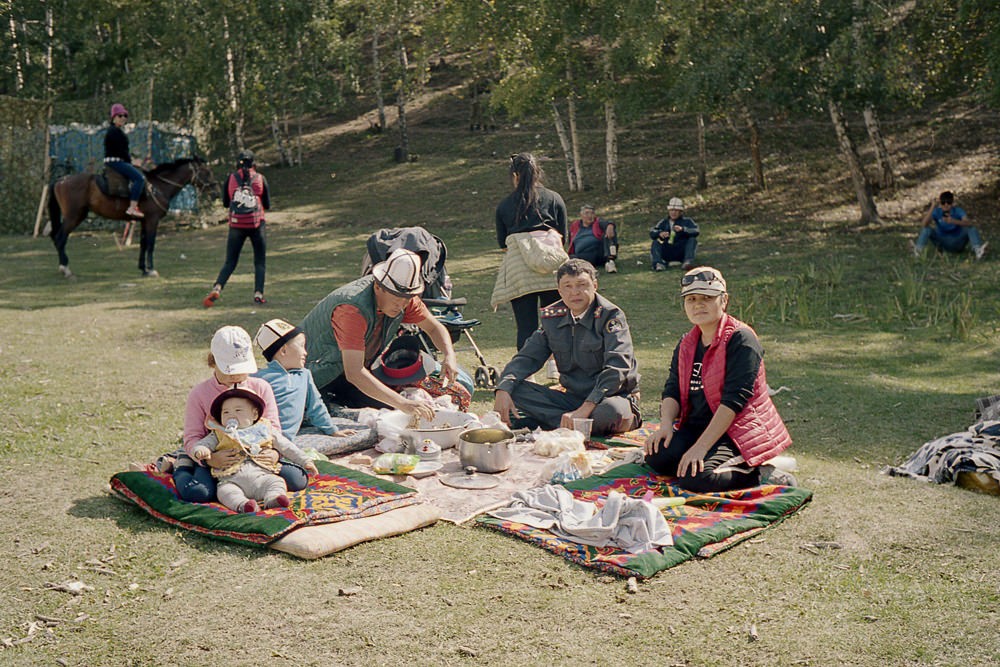
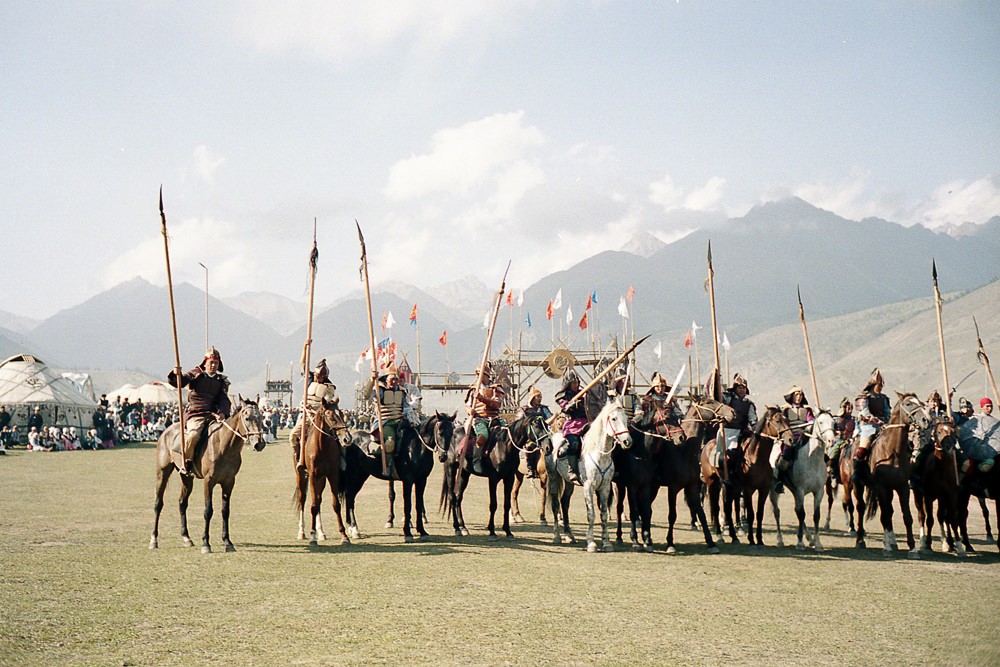
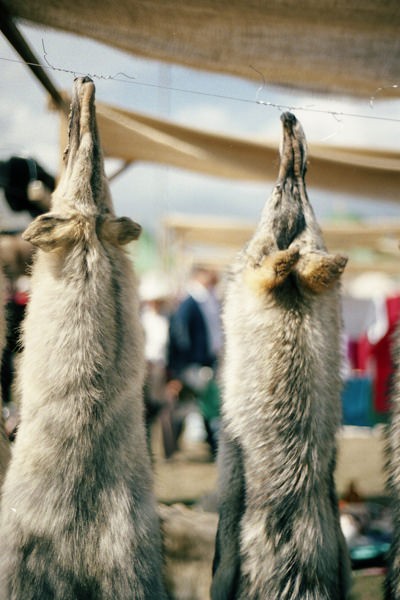
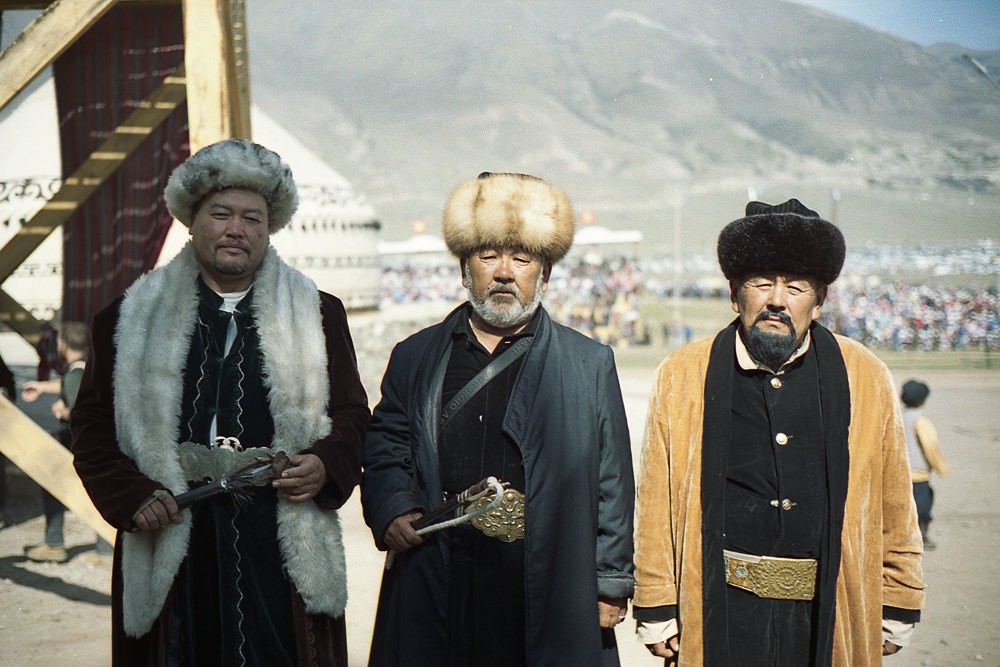
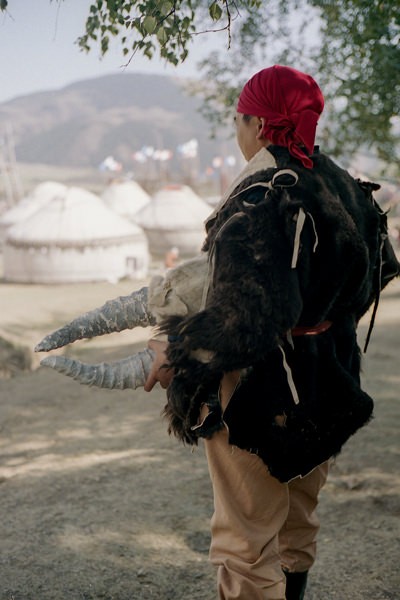
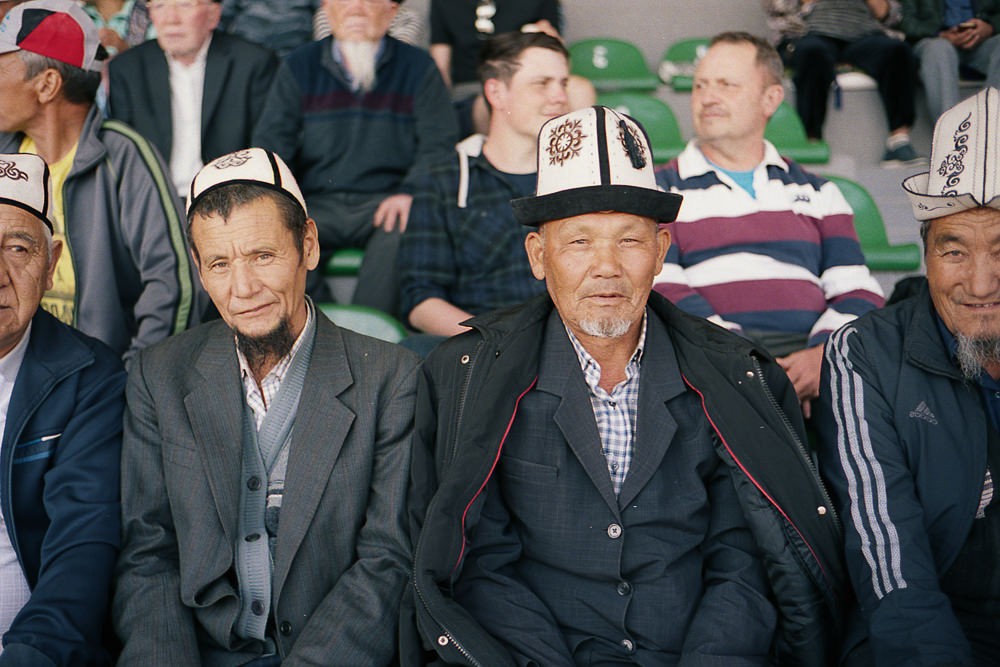
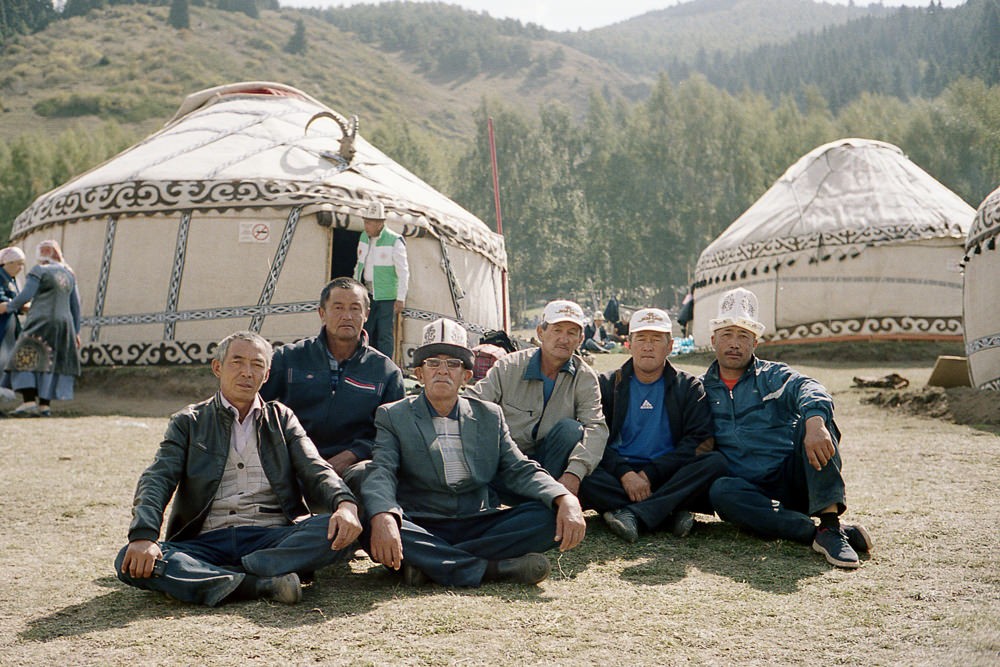
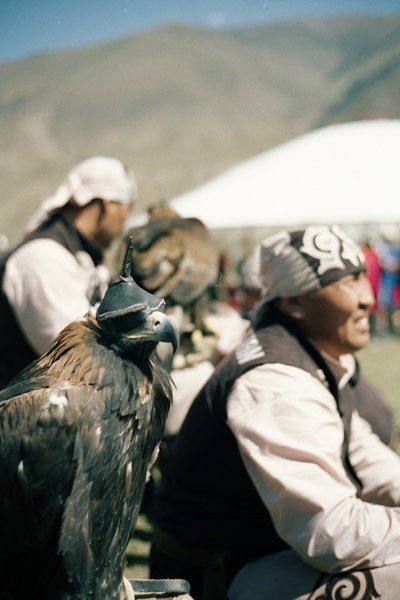
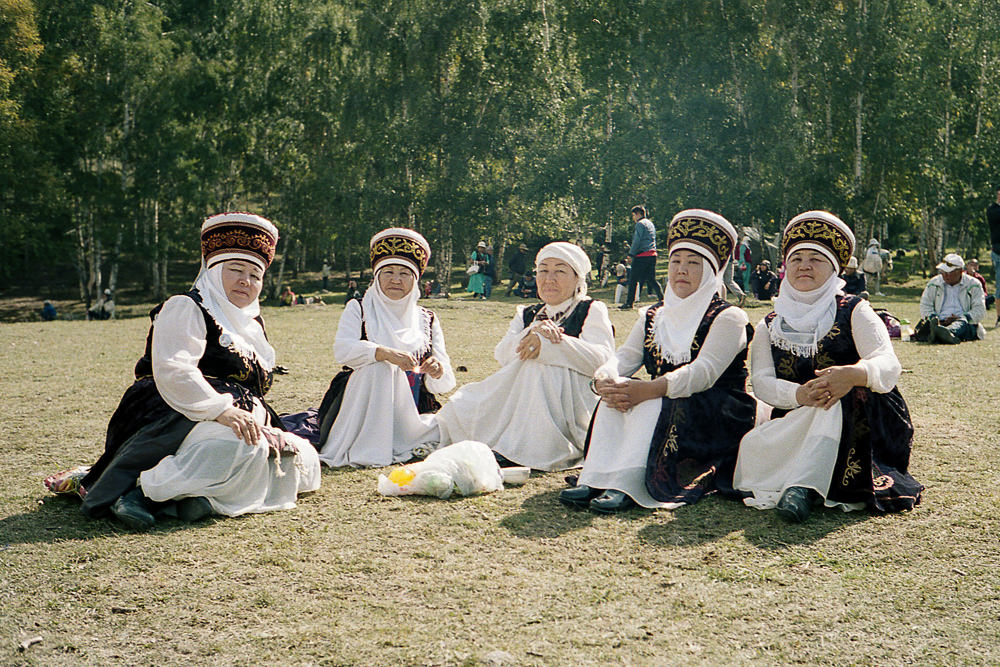
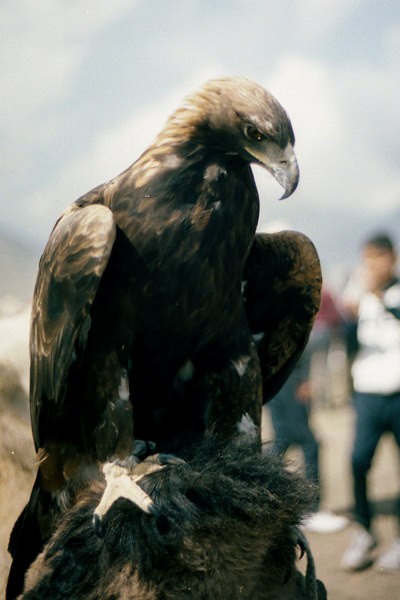
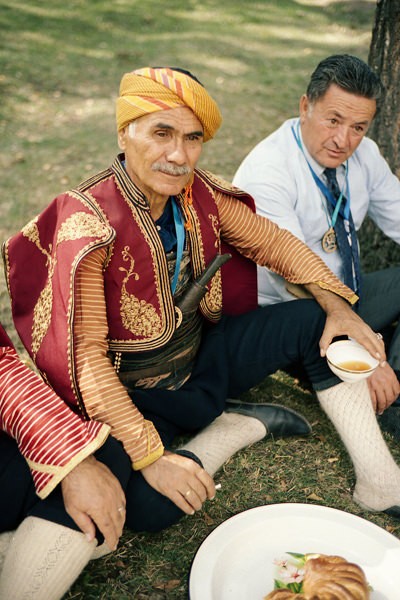
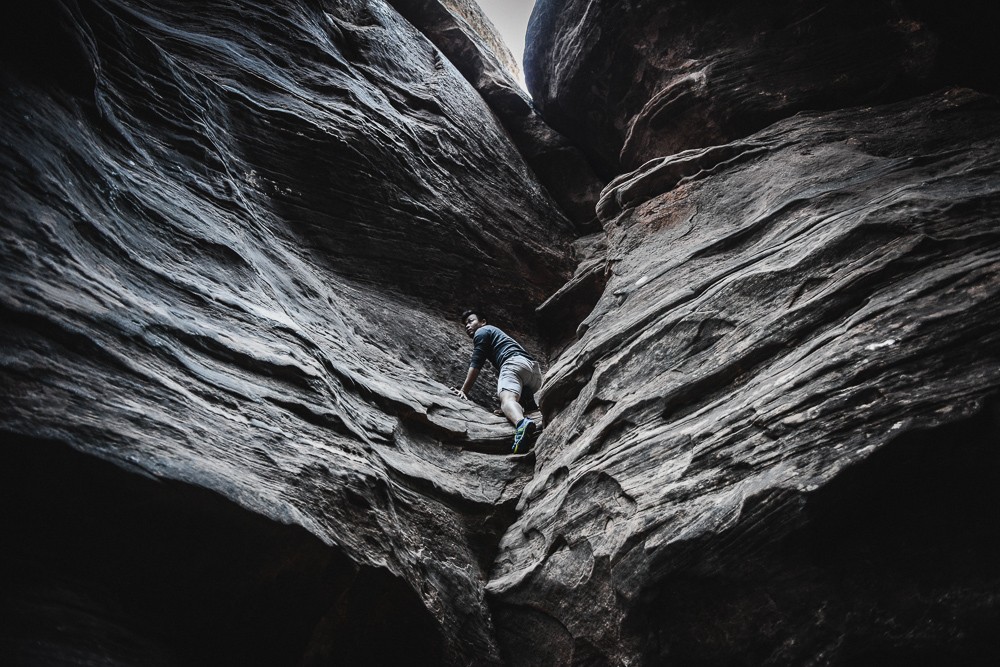
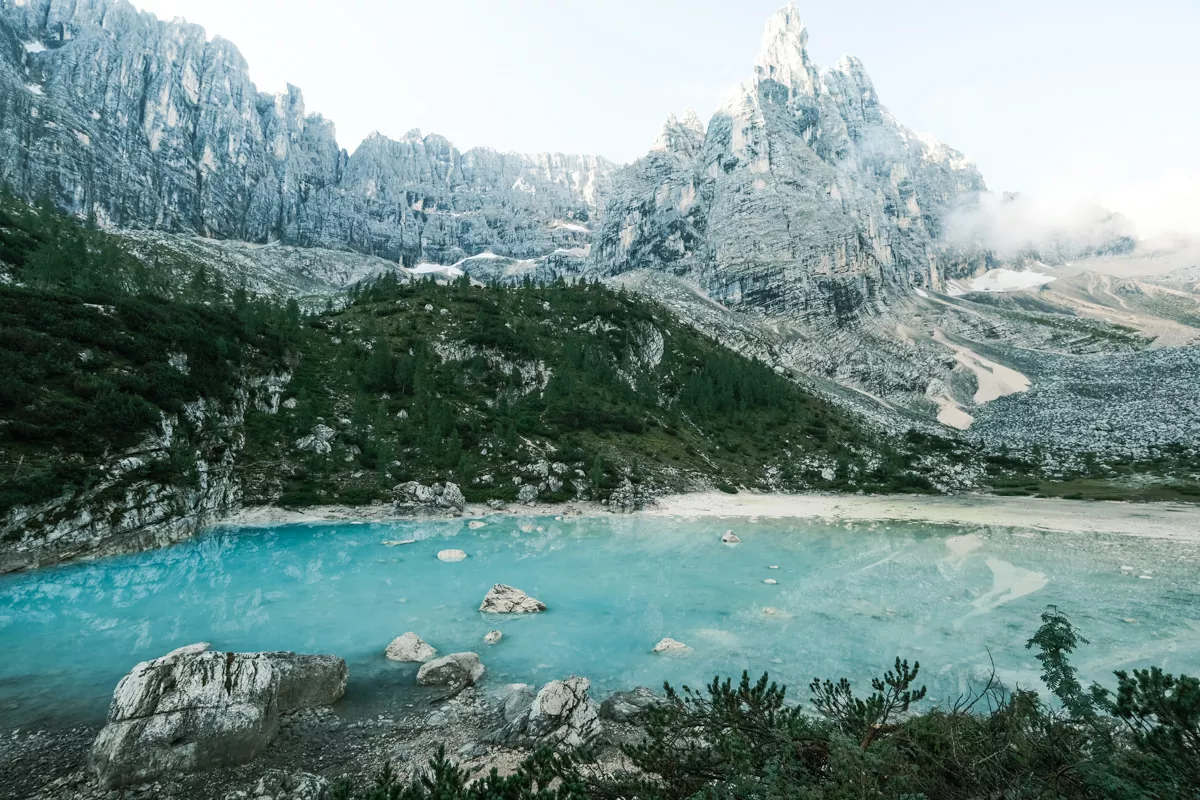

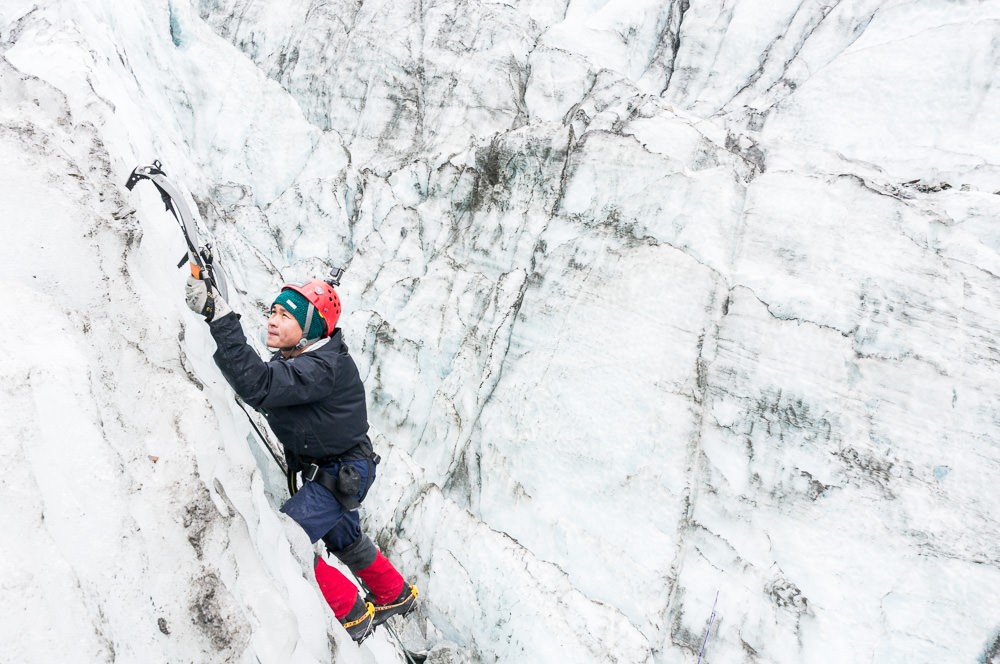

beautiful, Kien! inspiring as always!